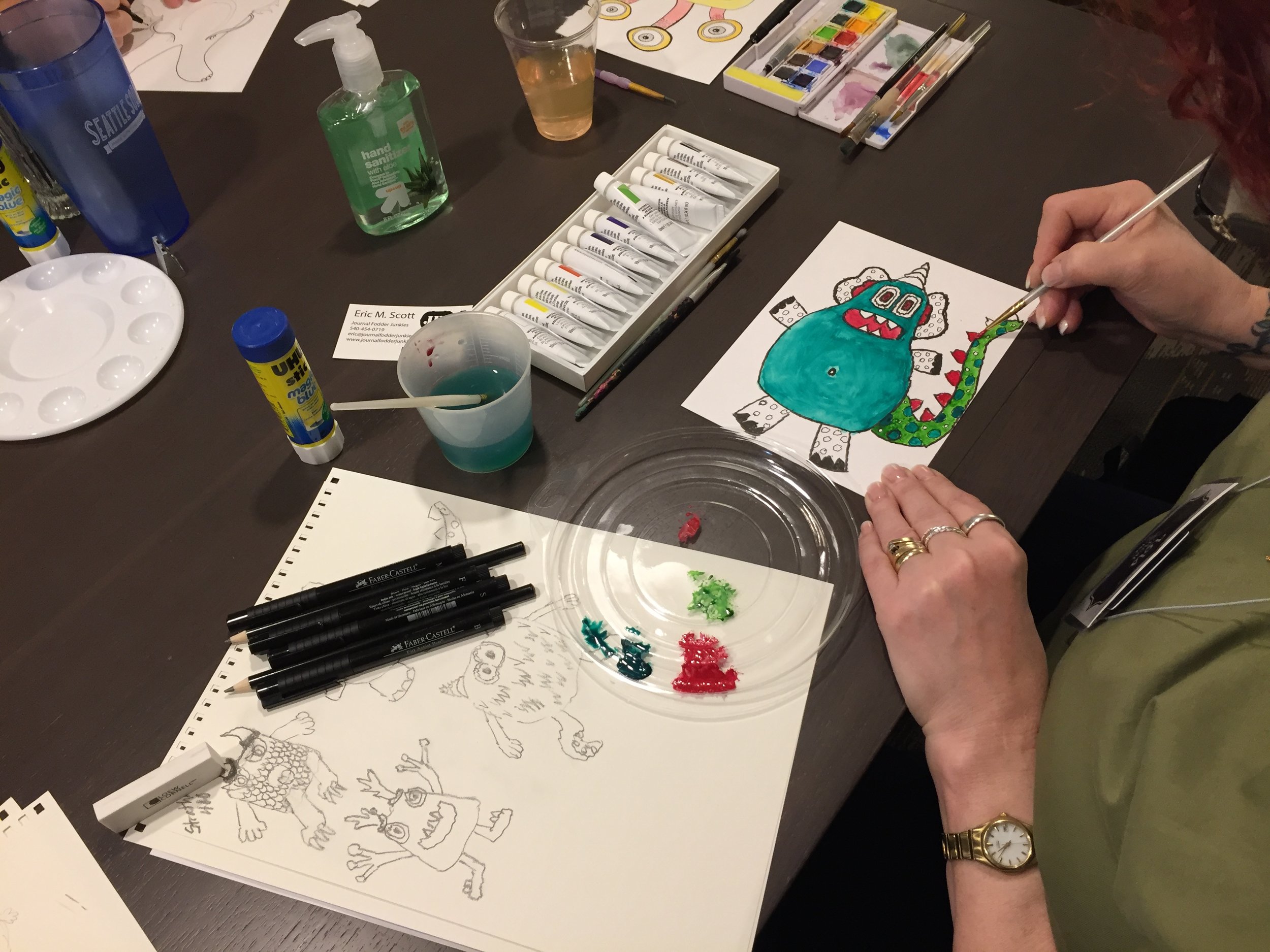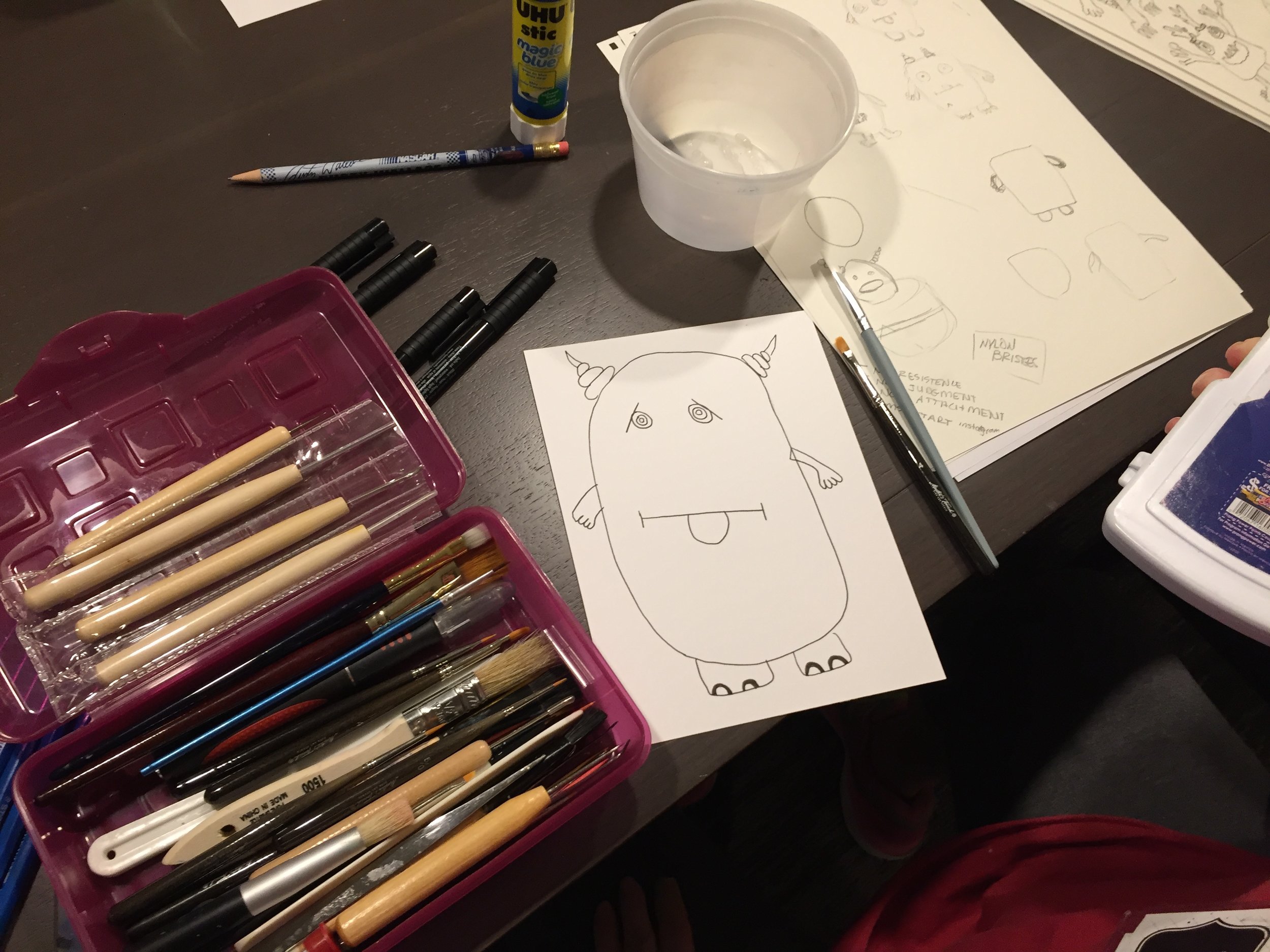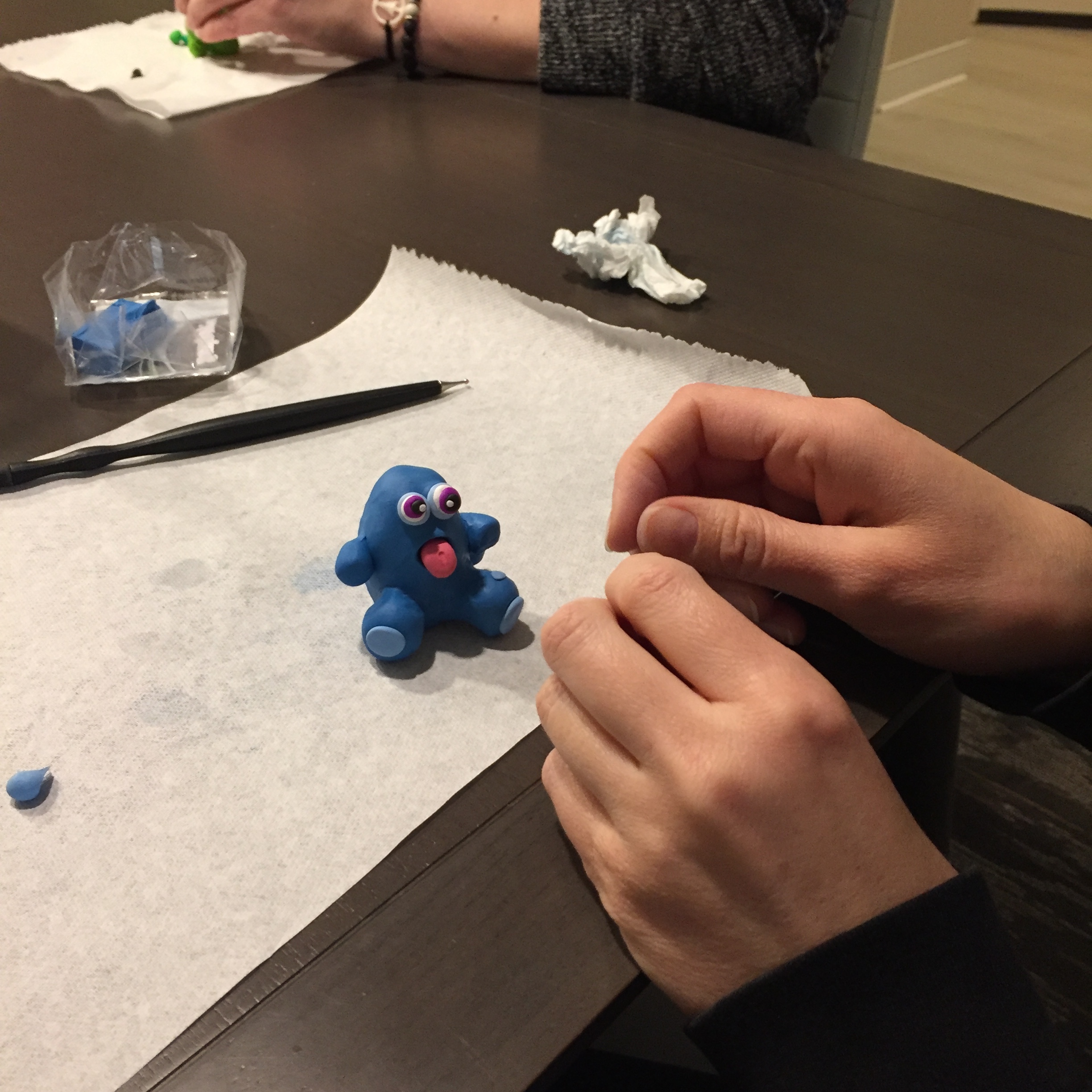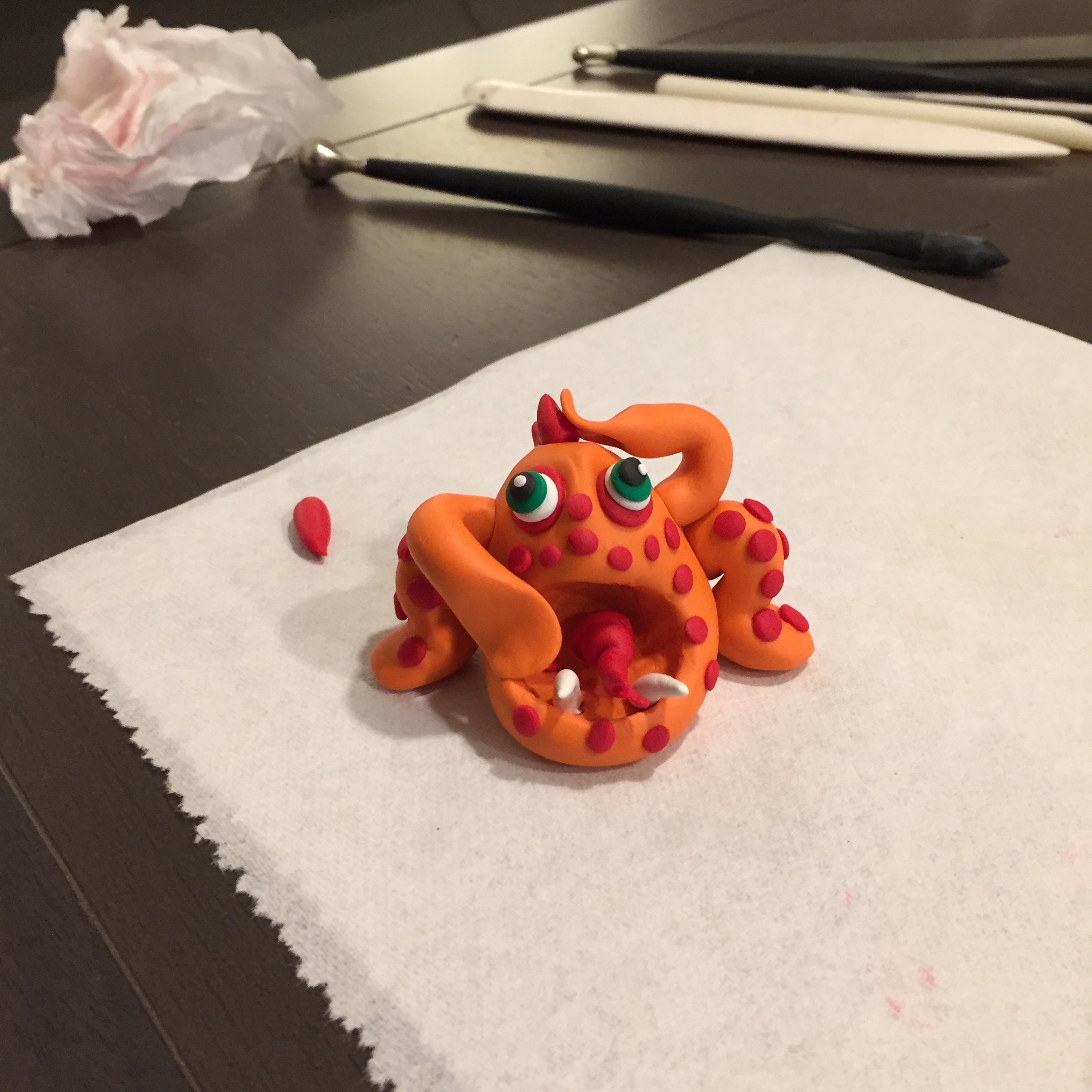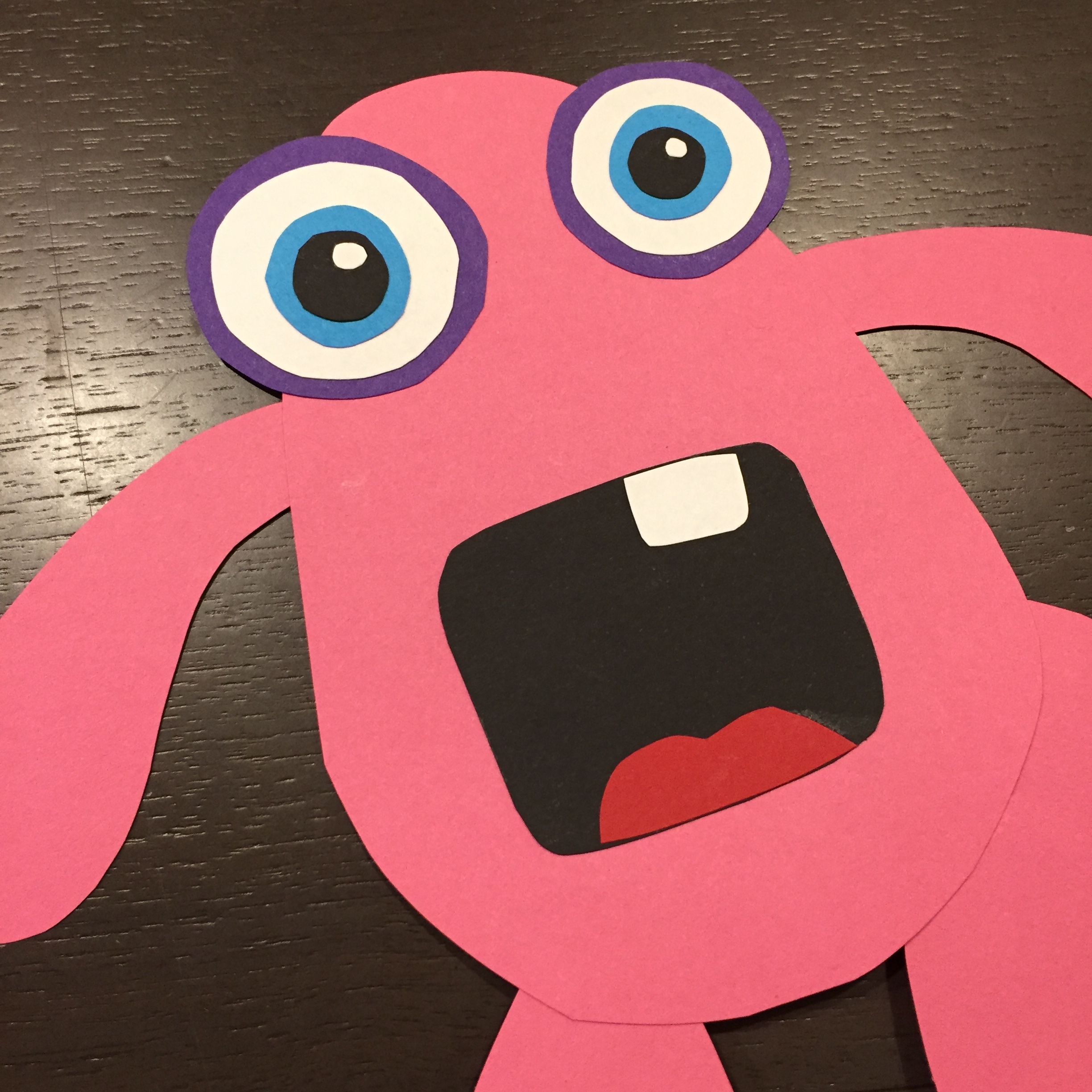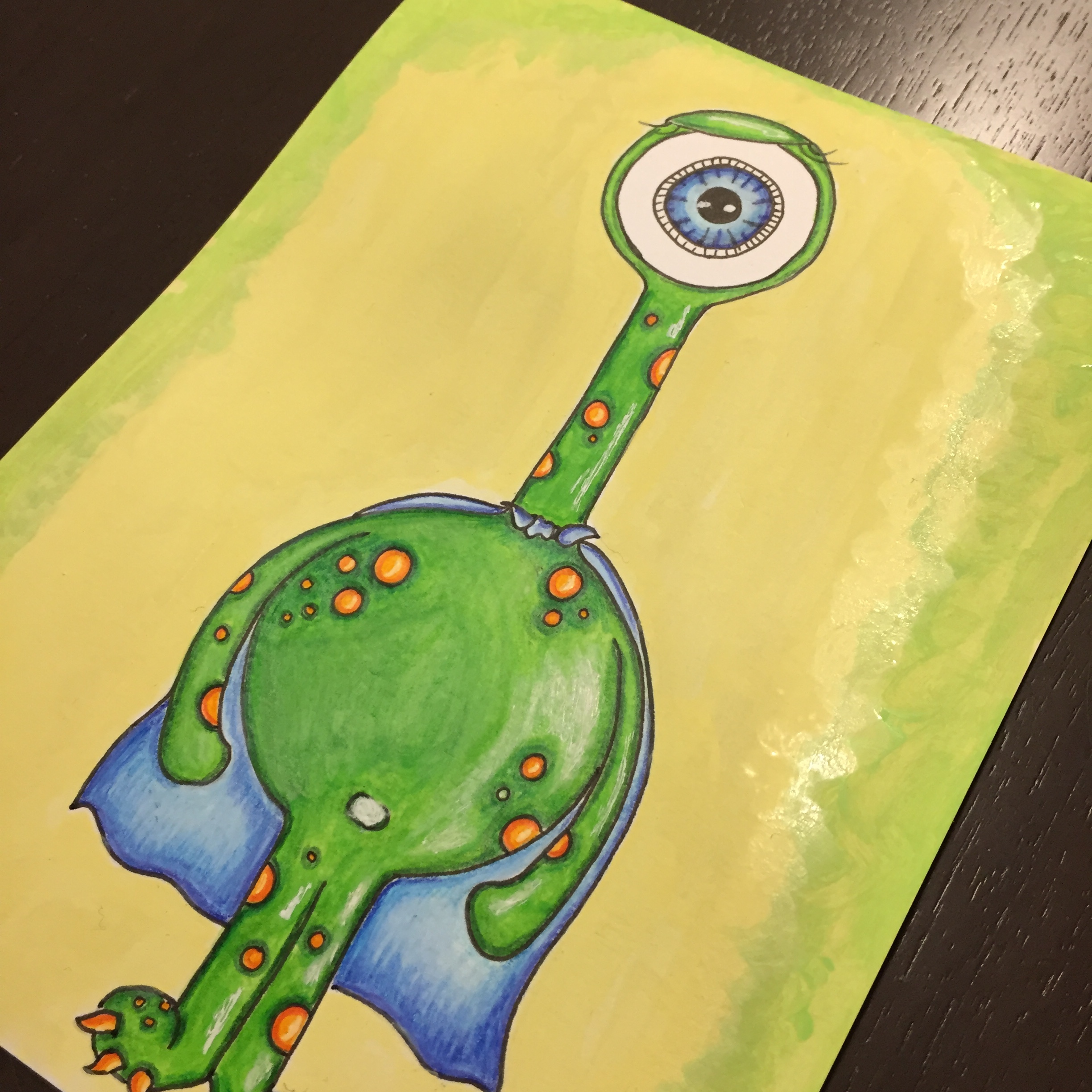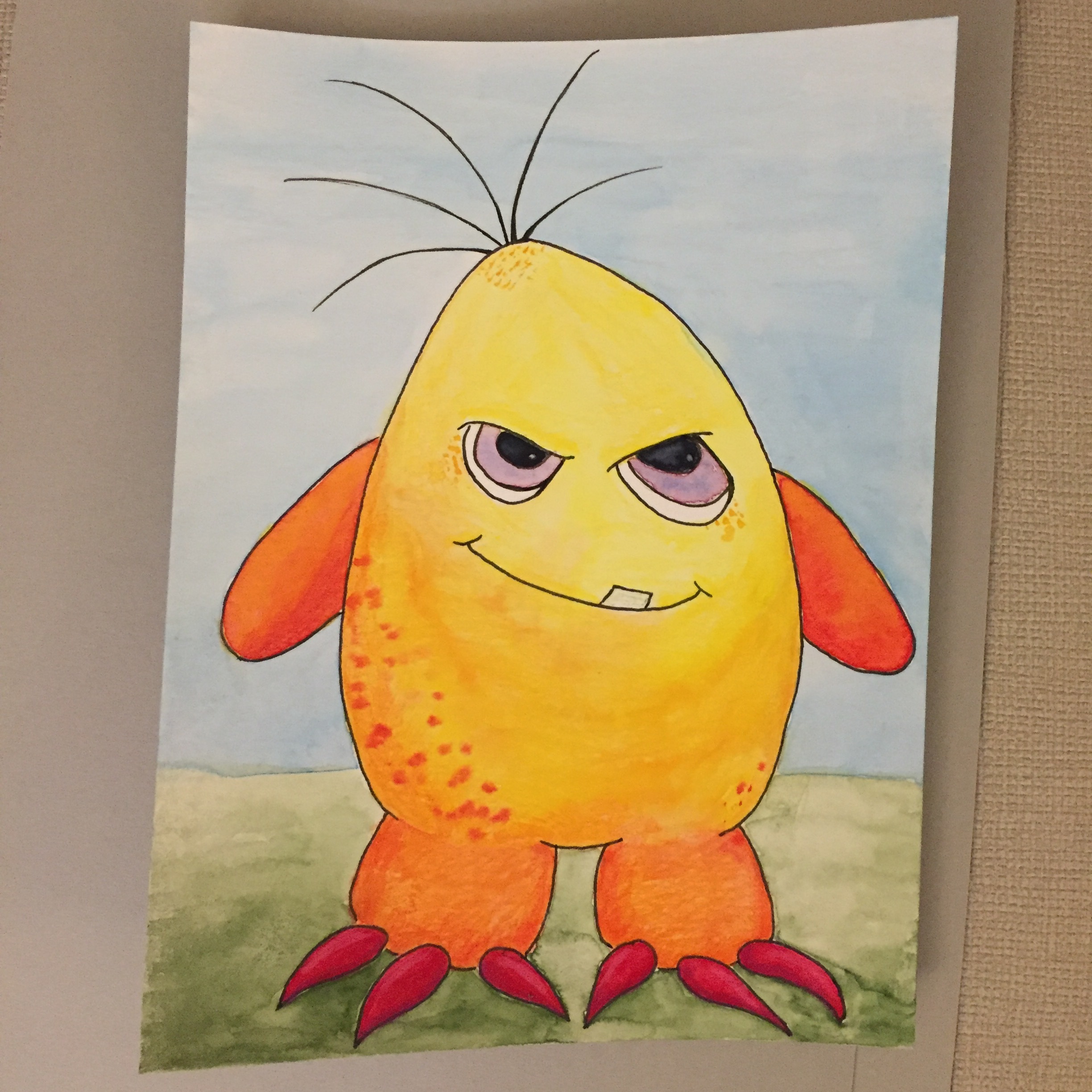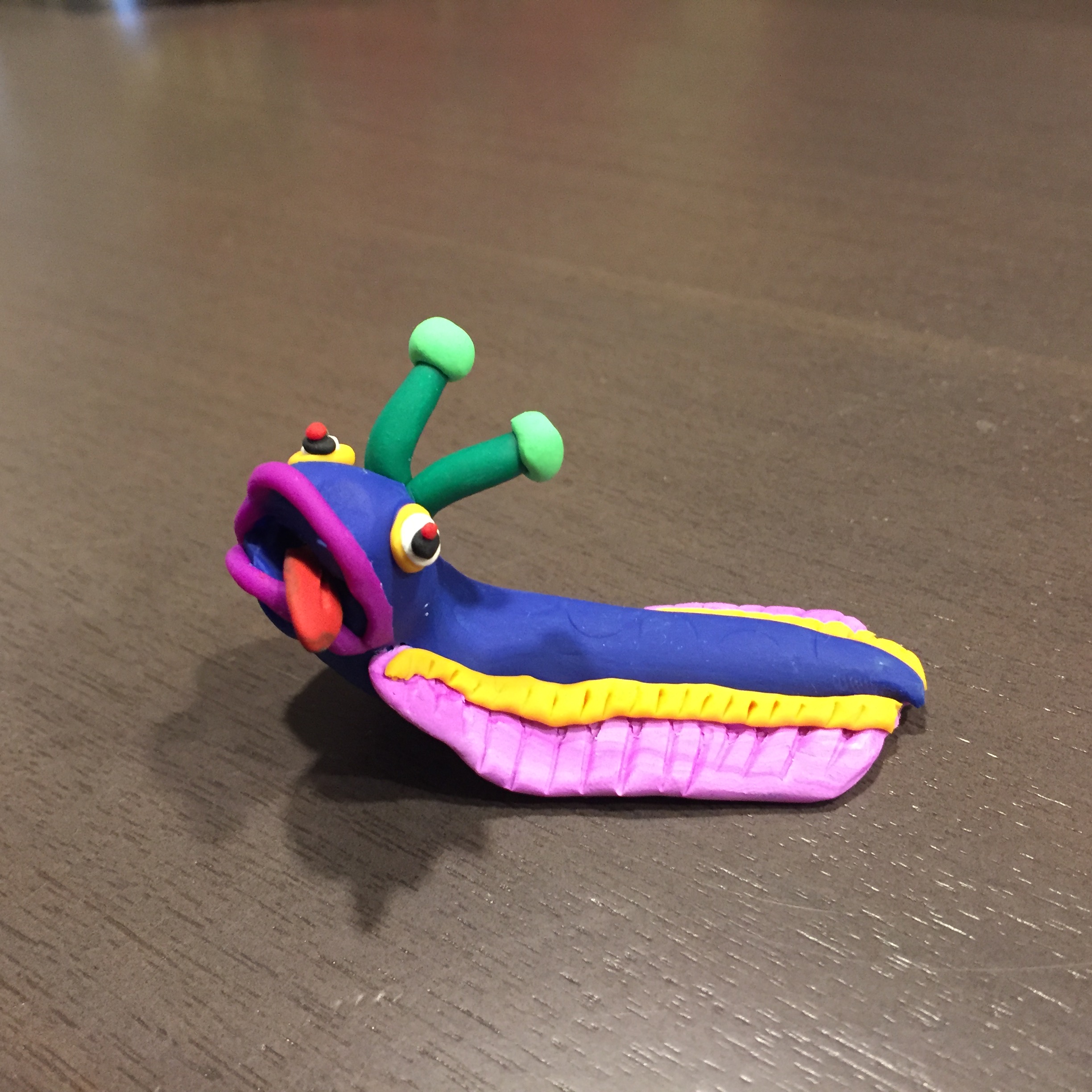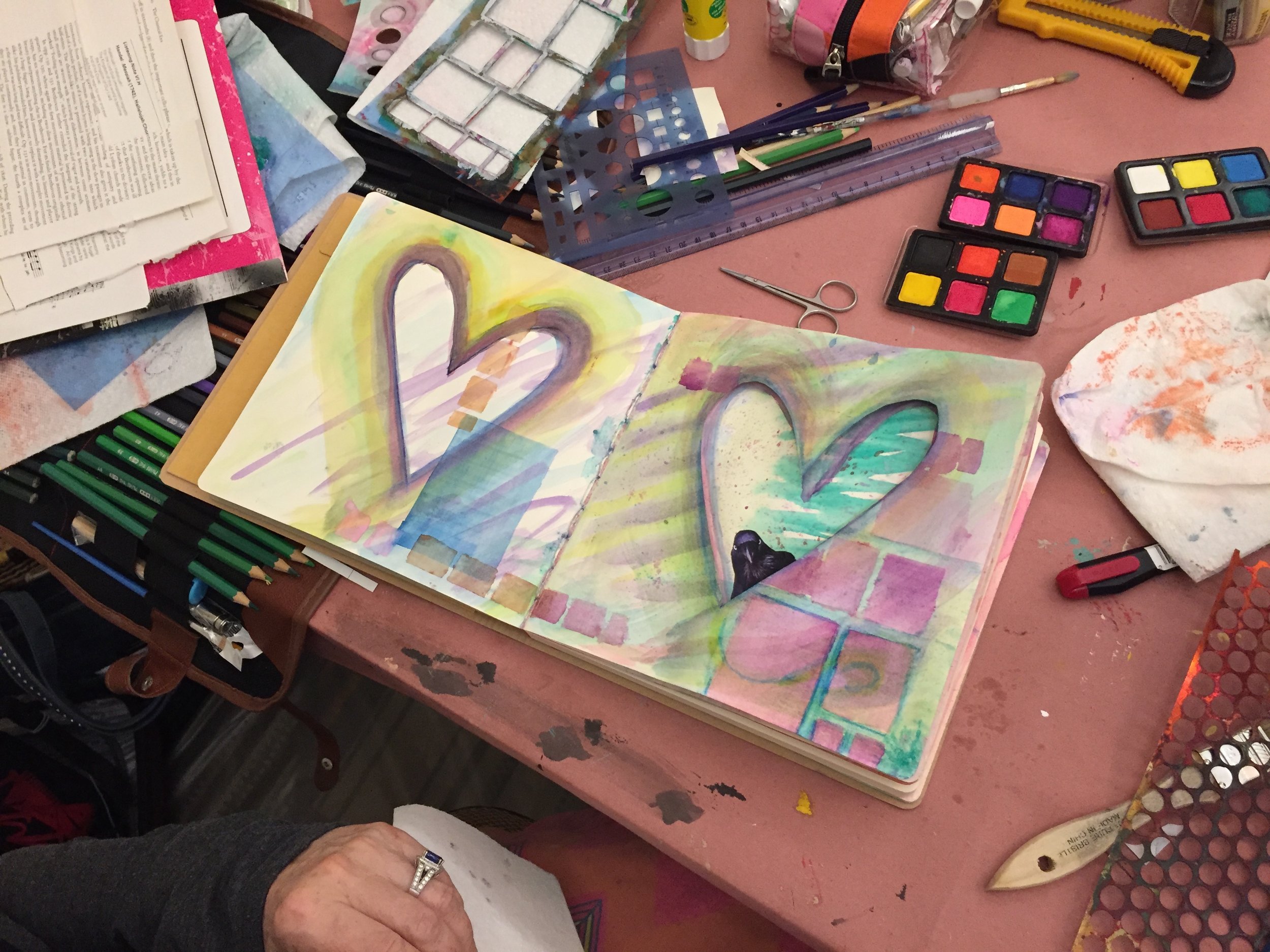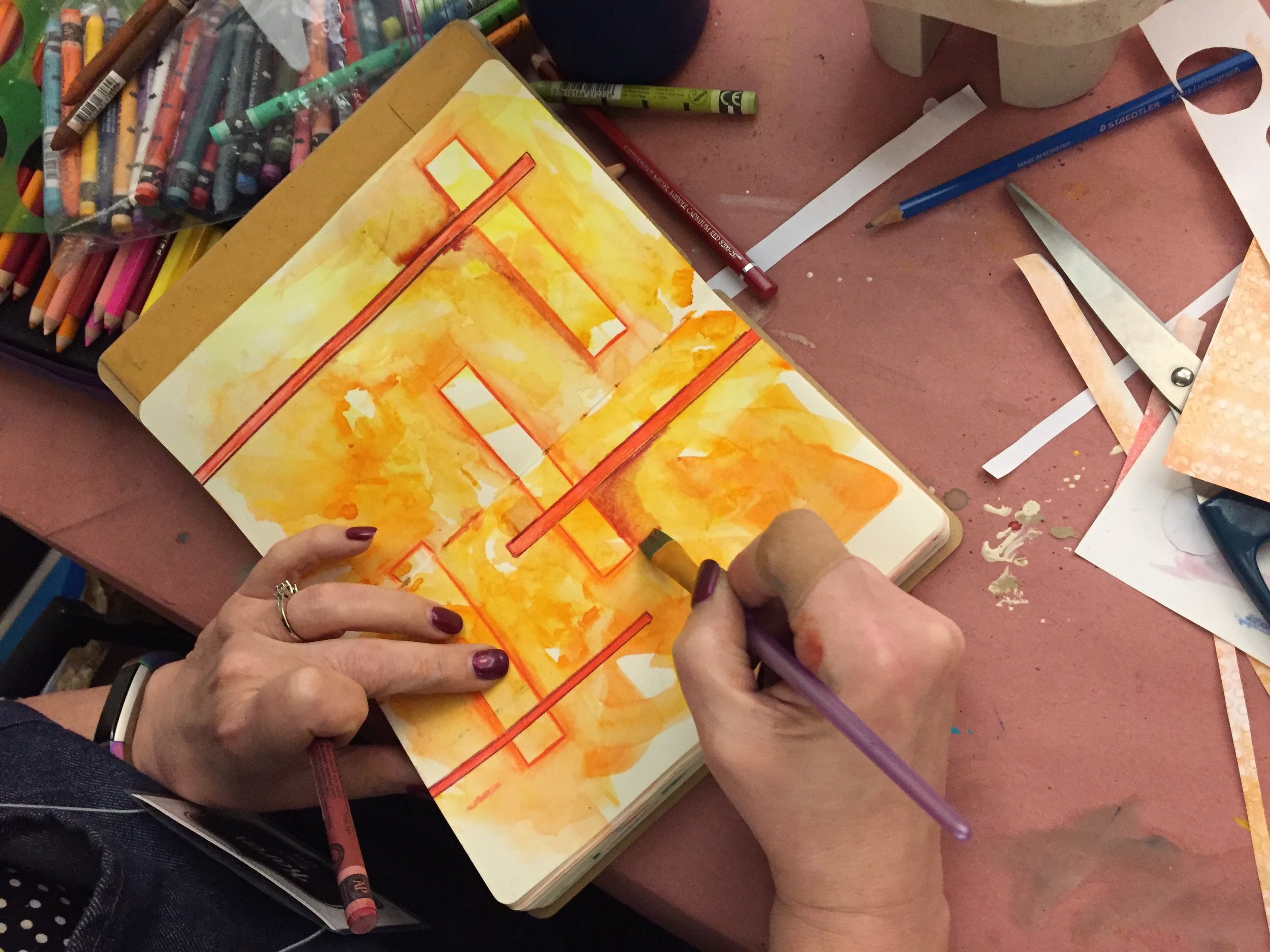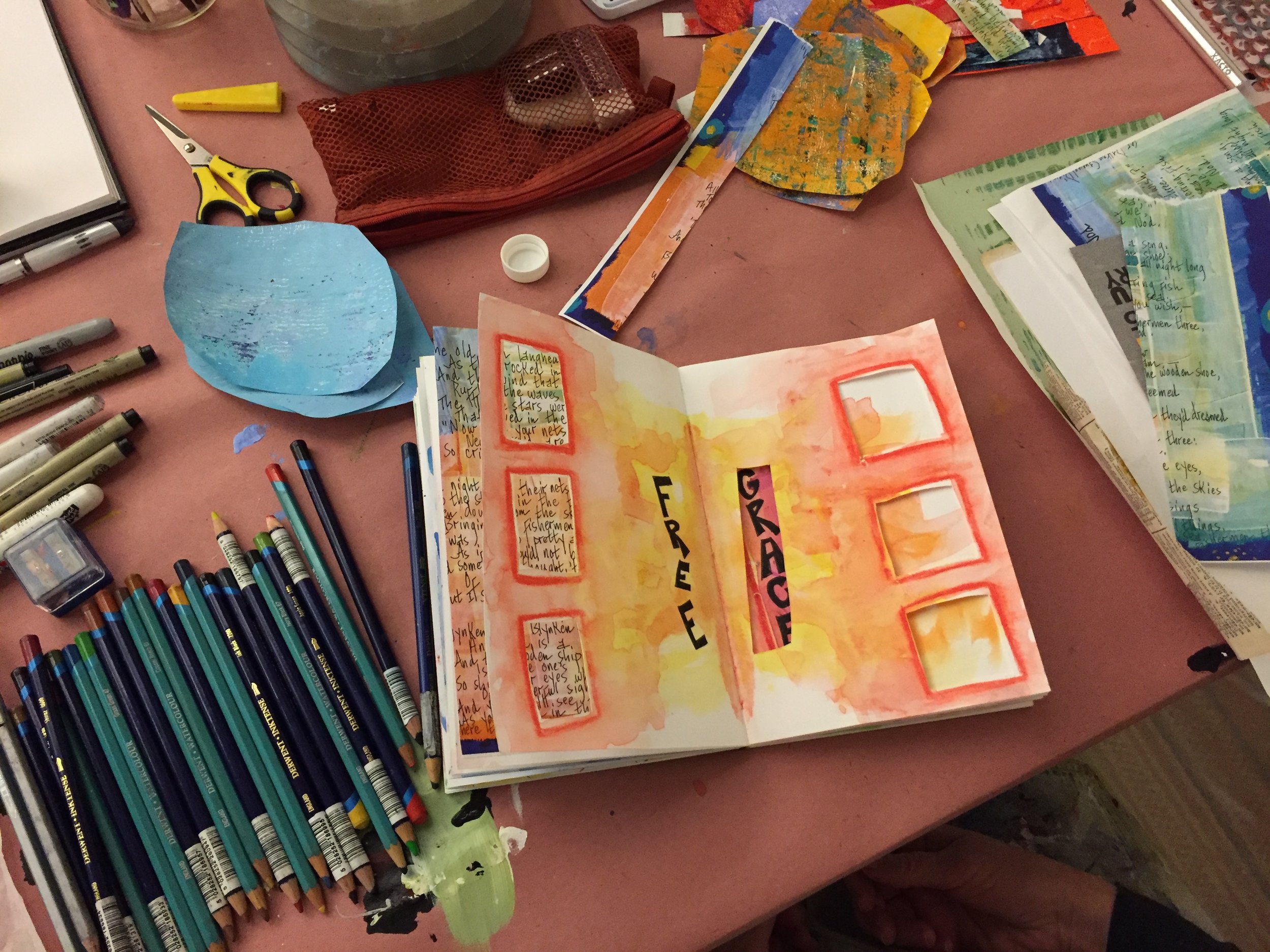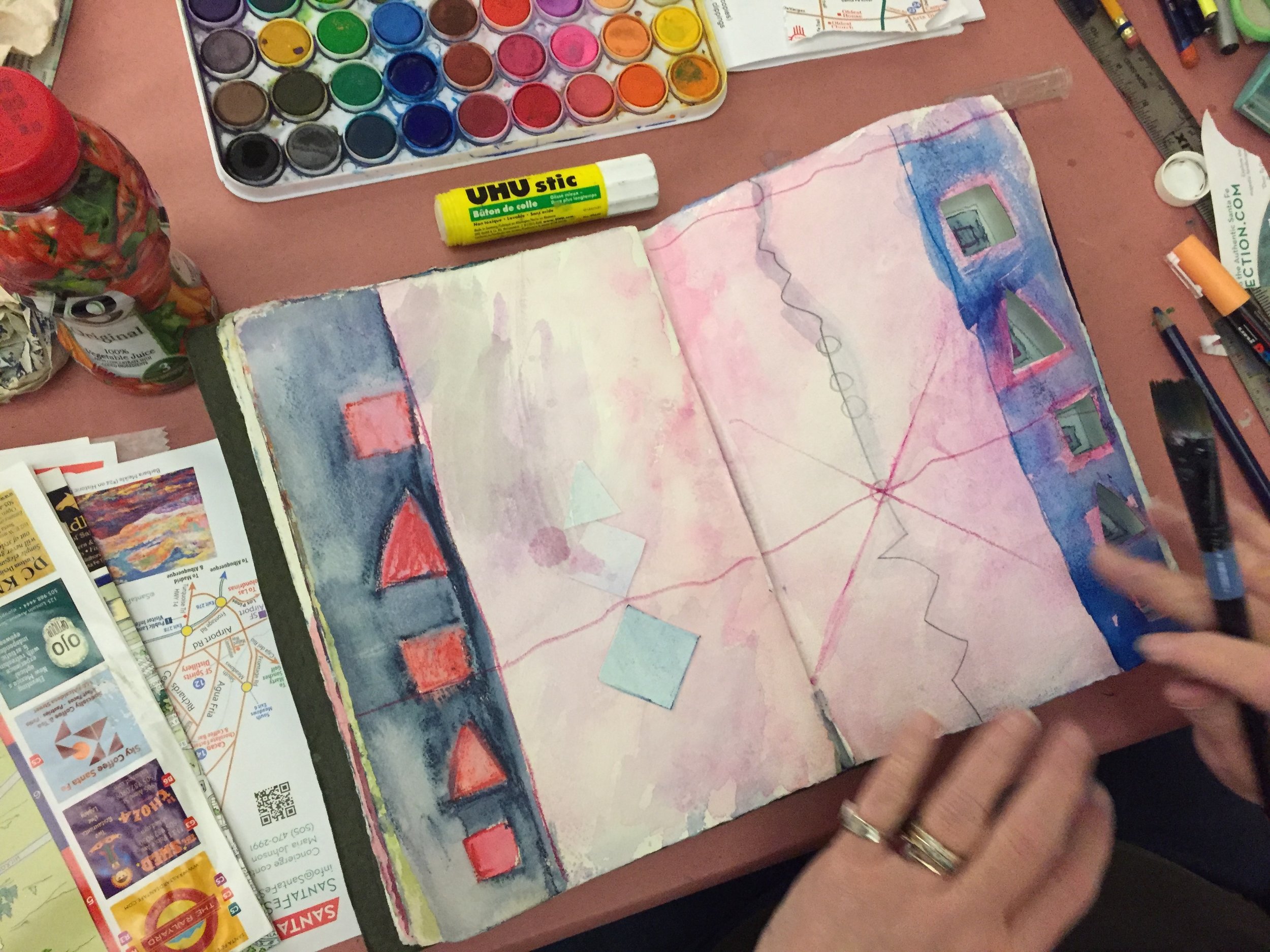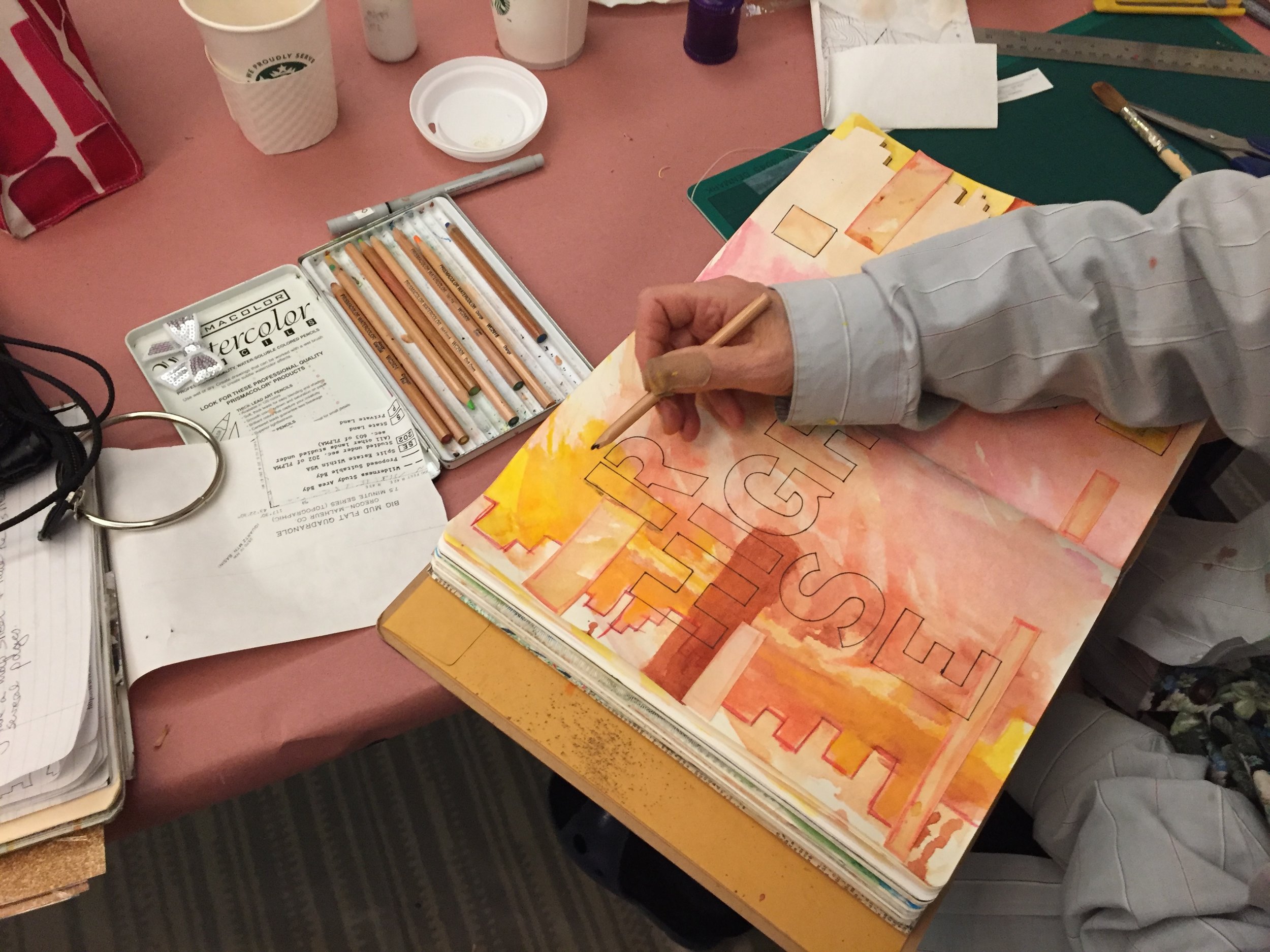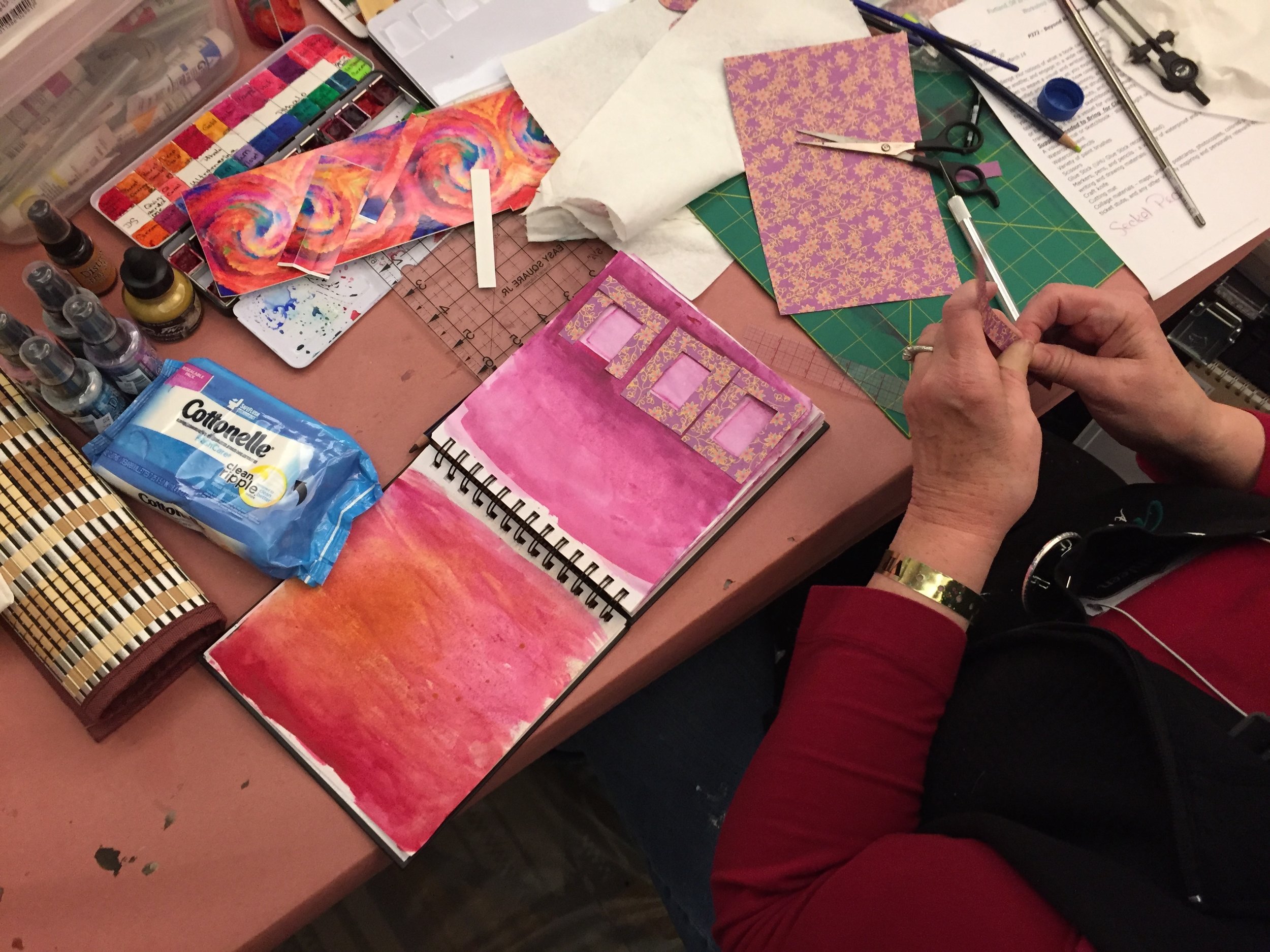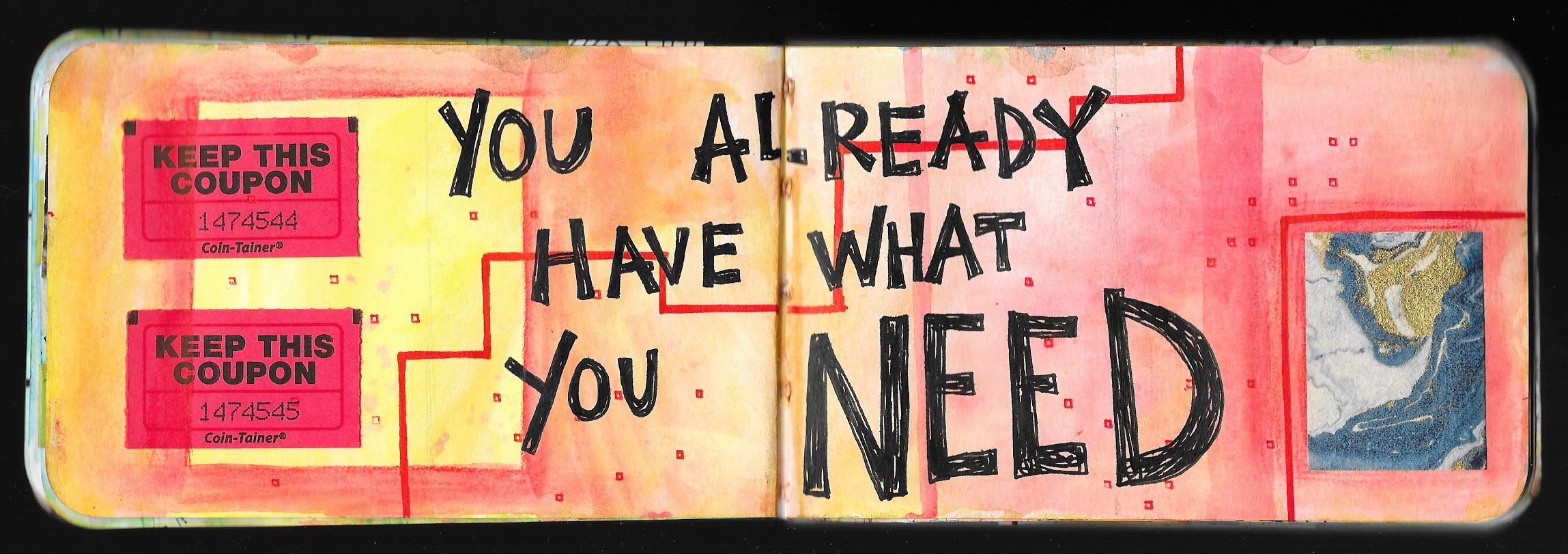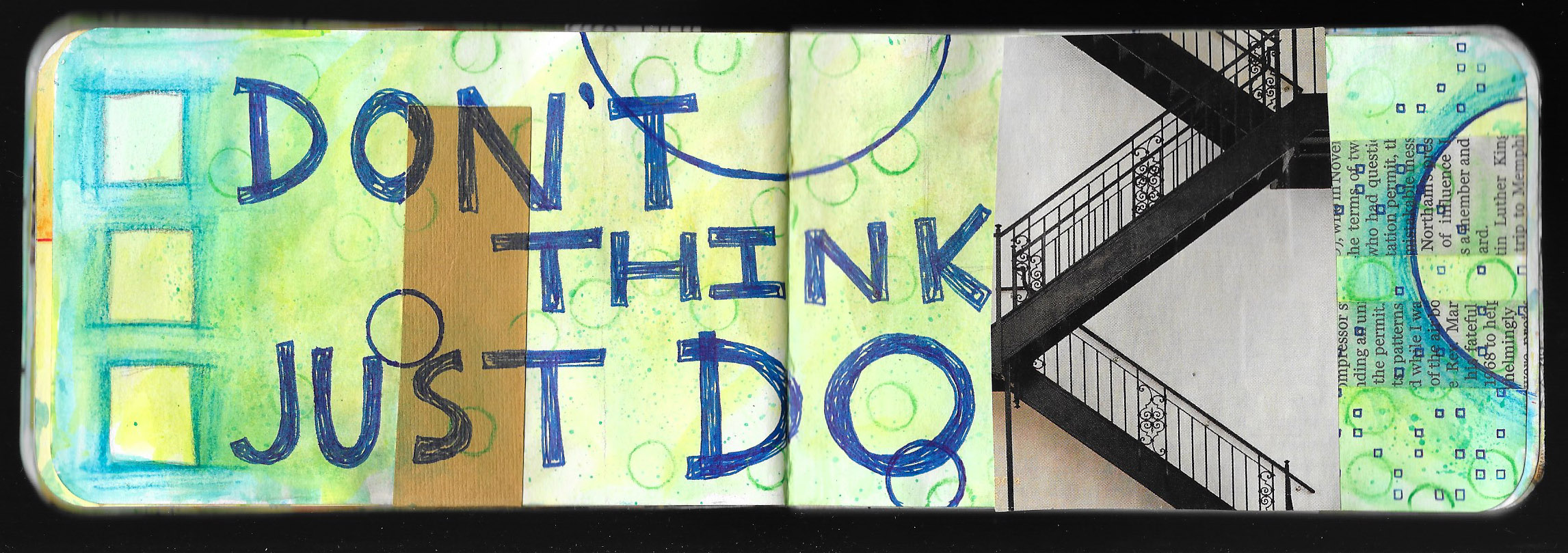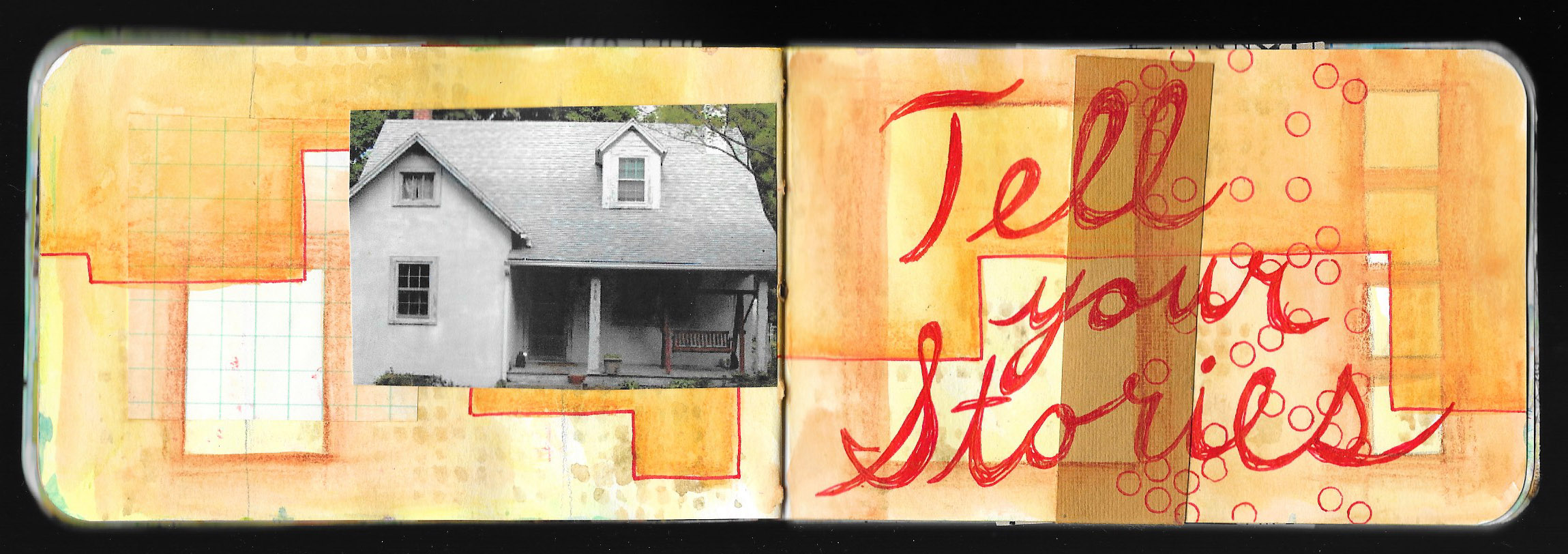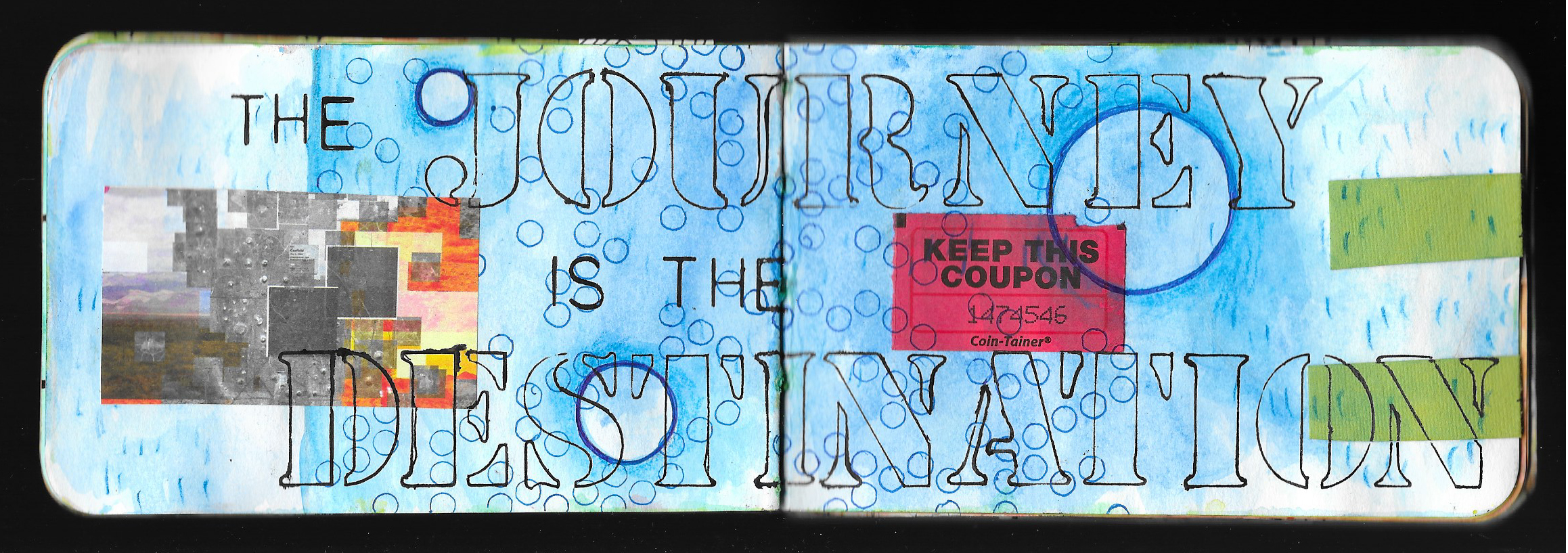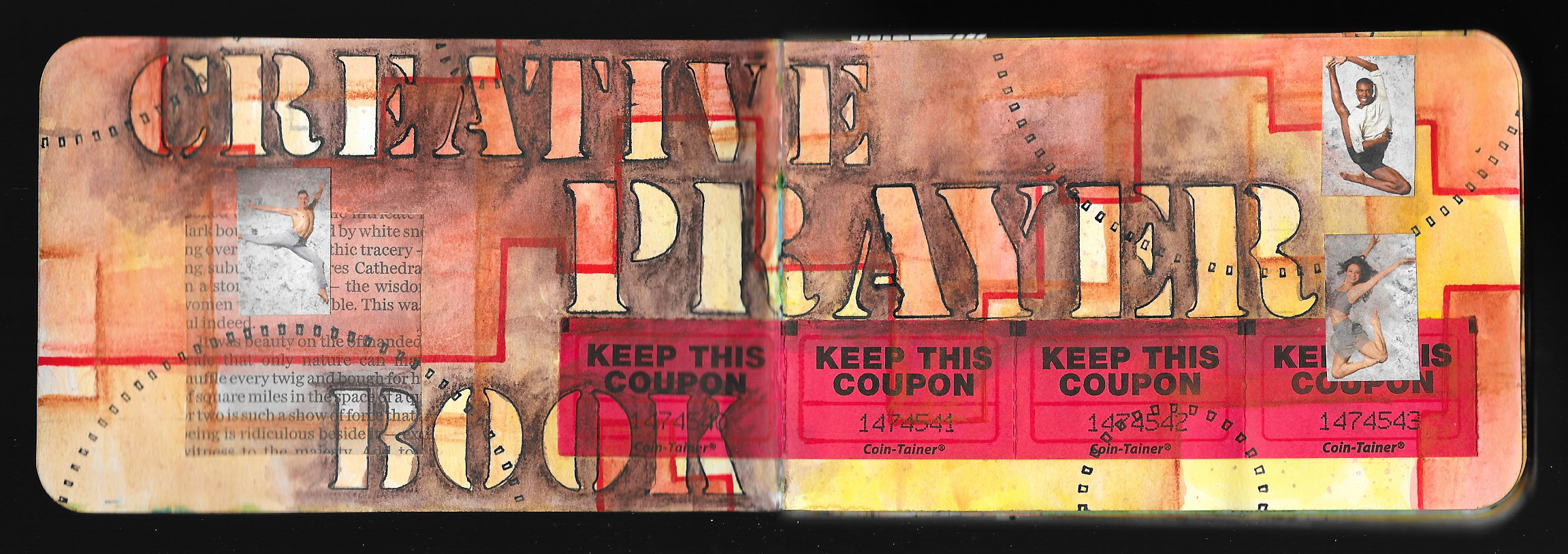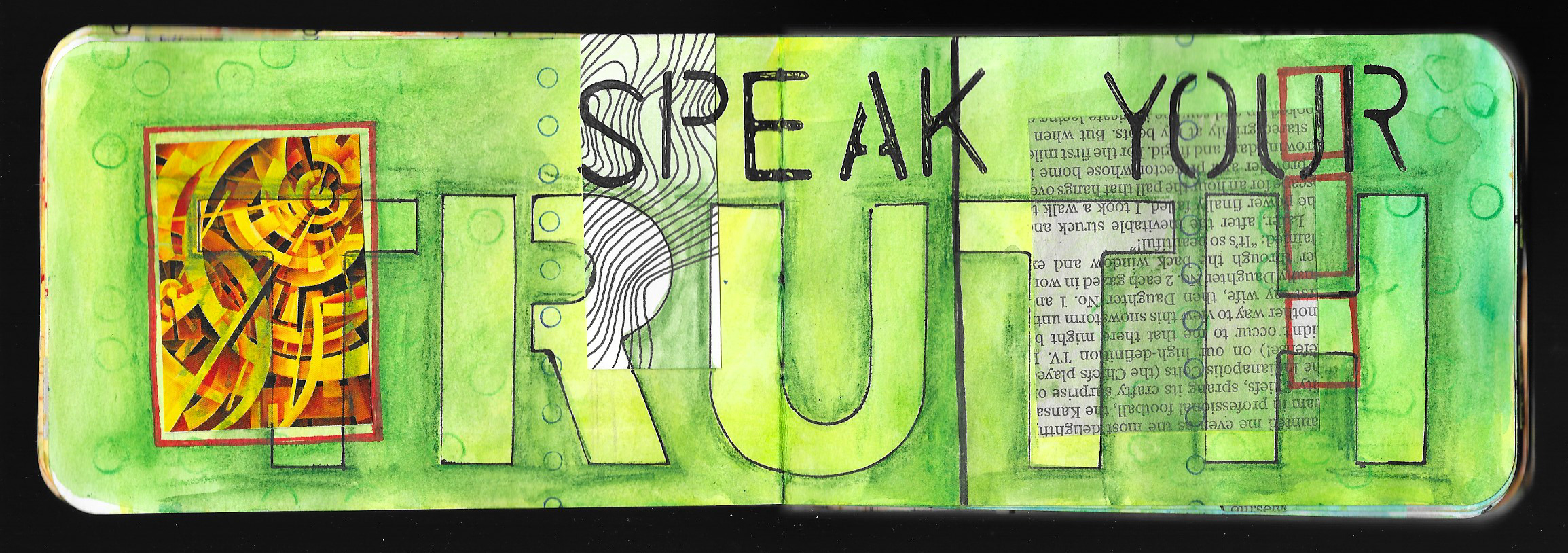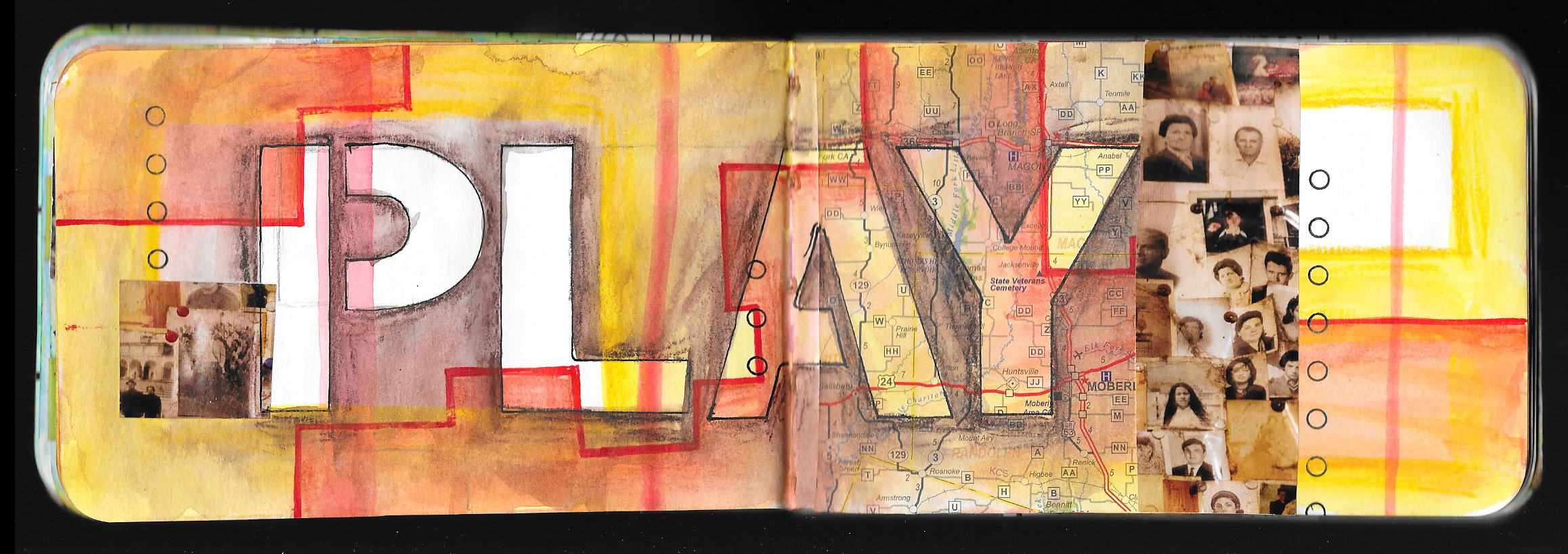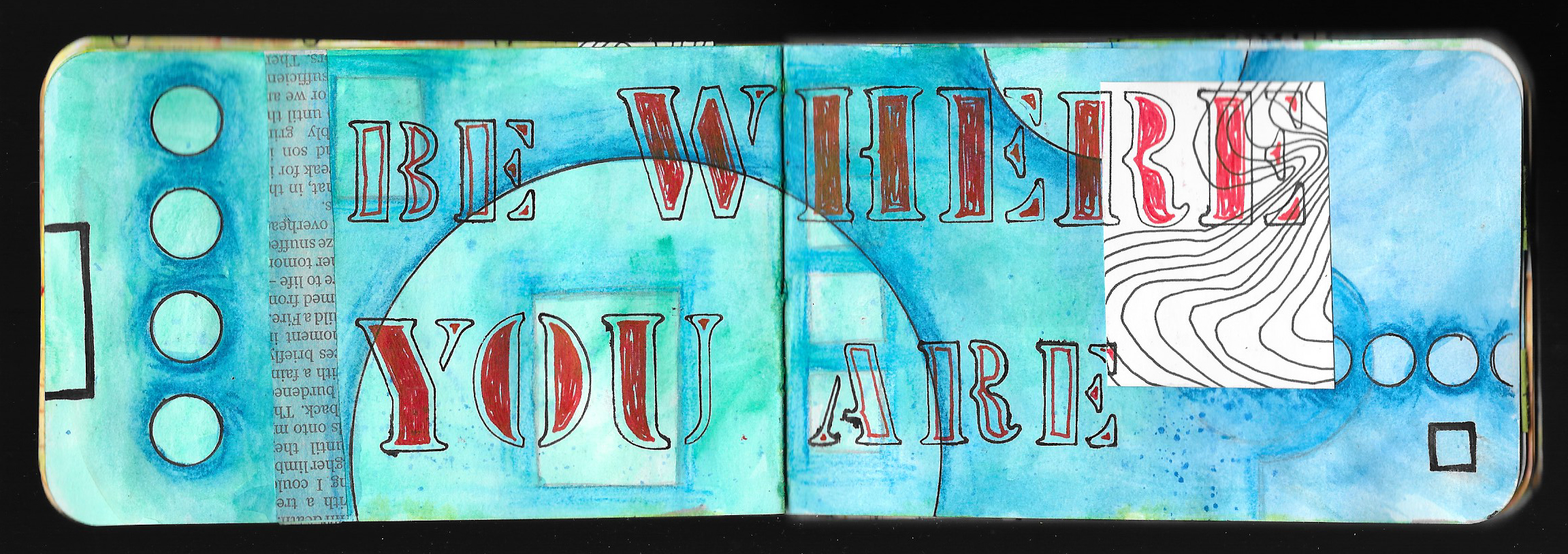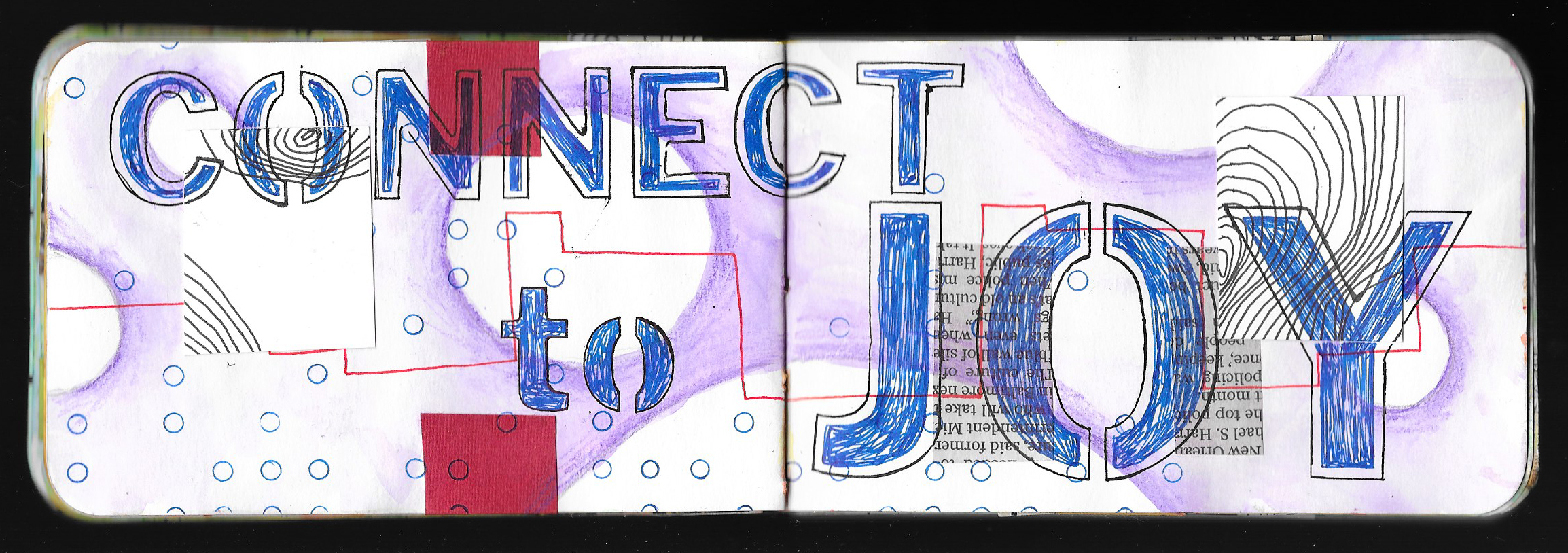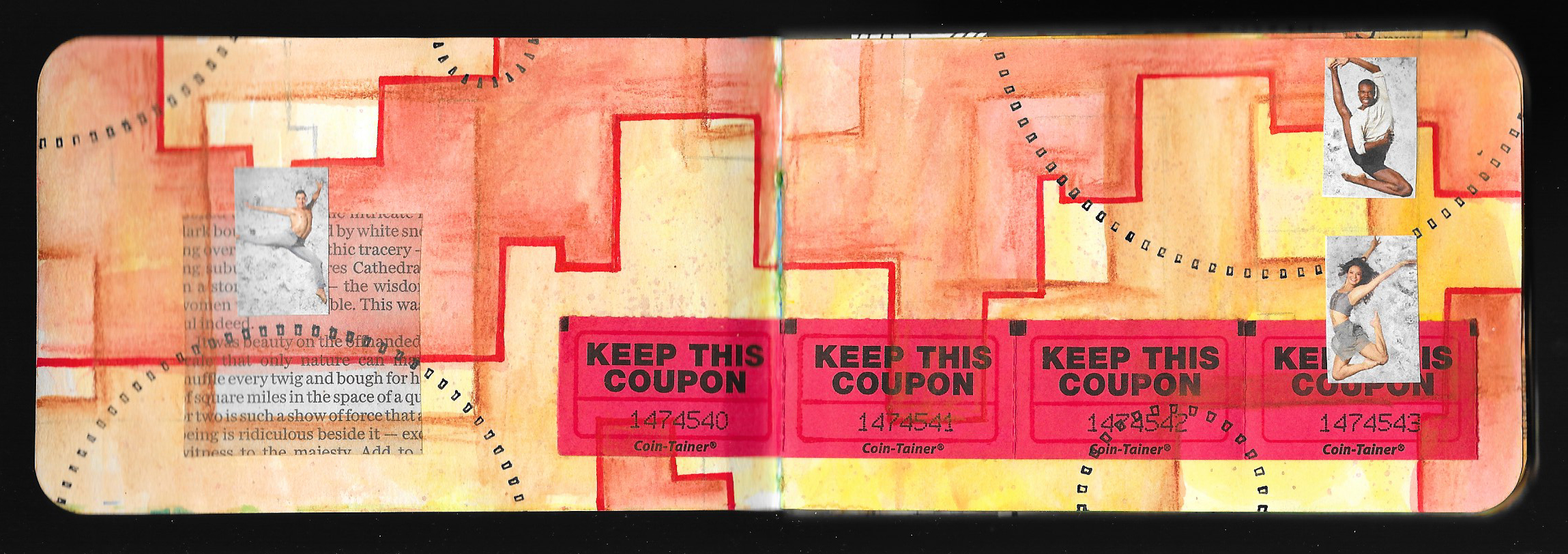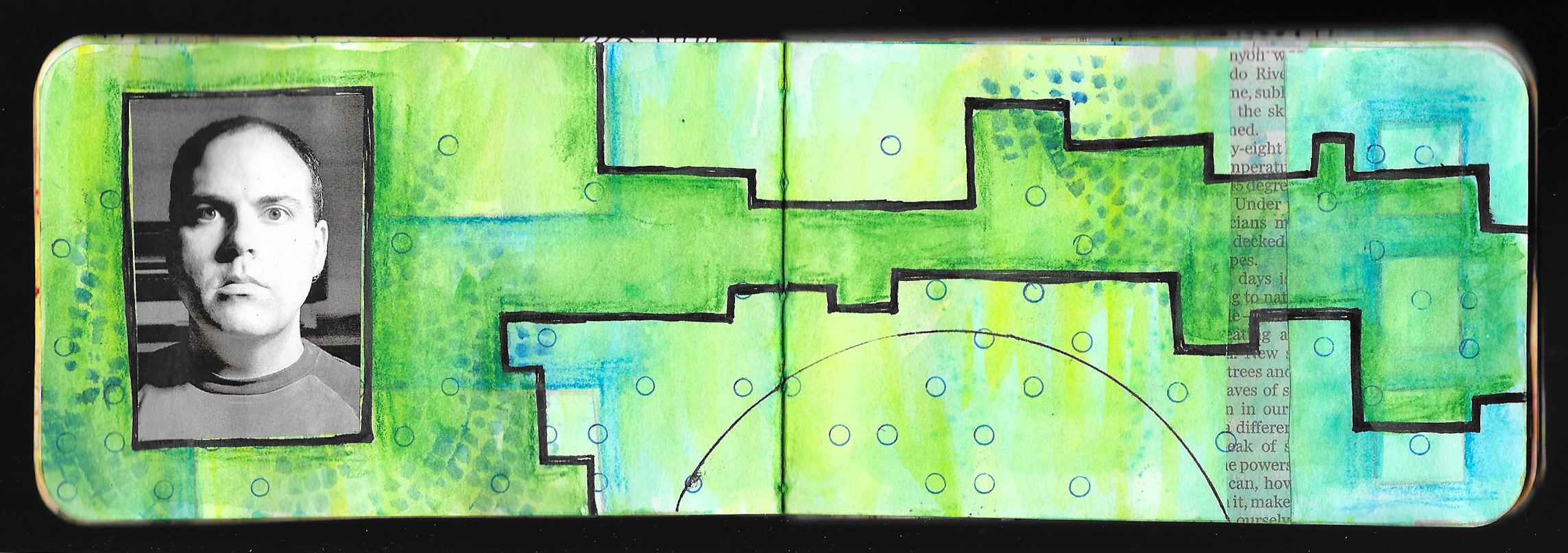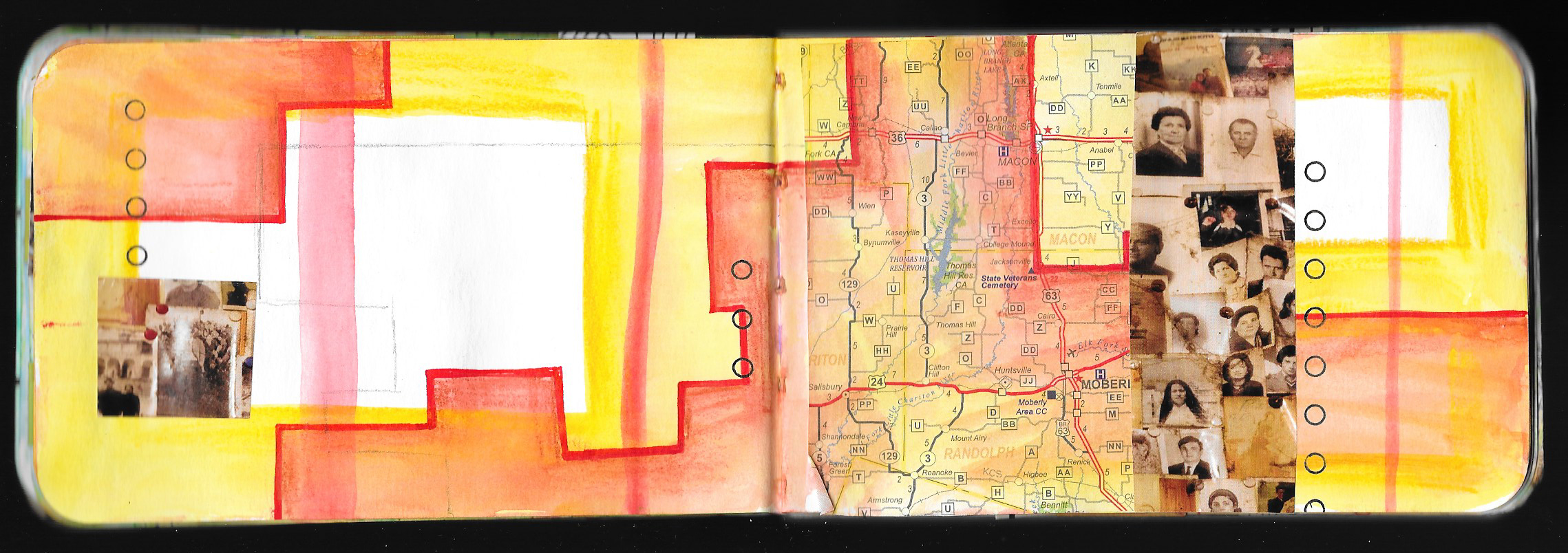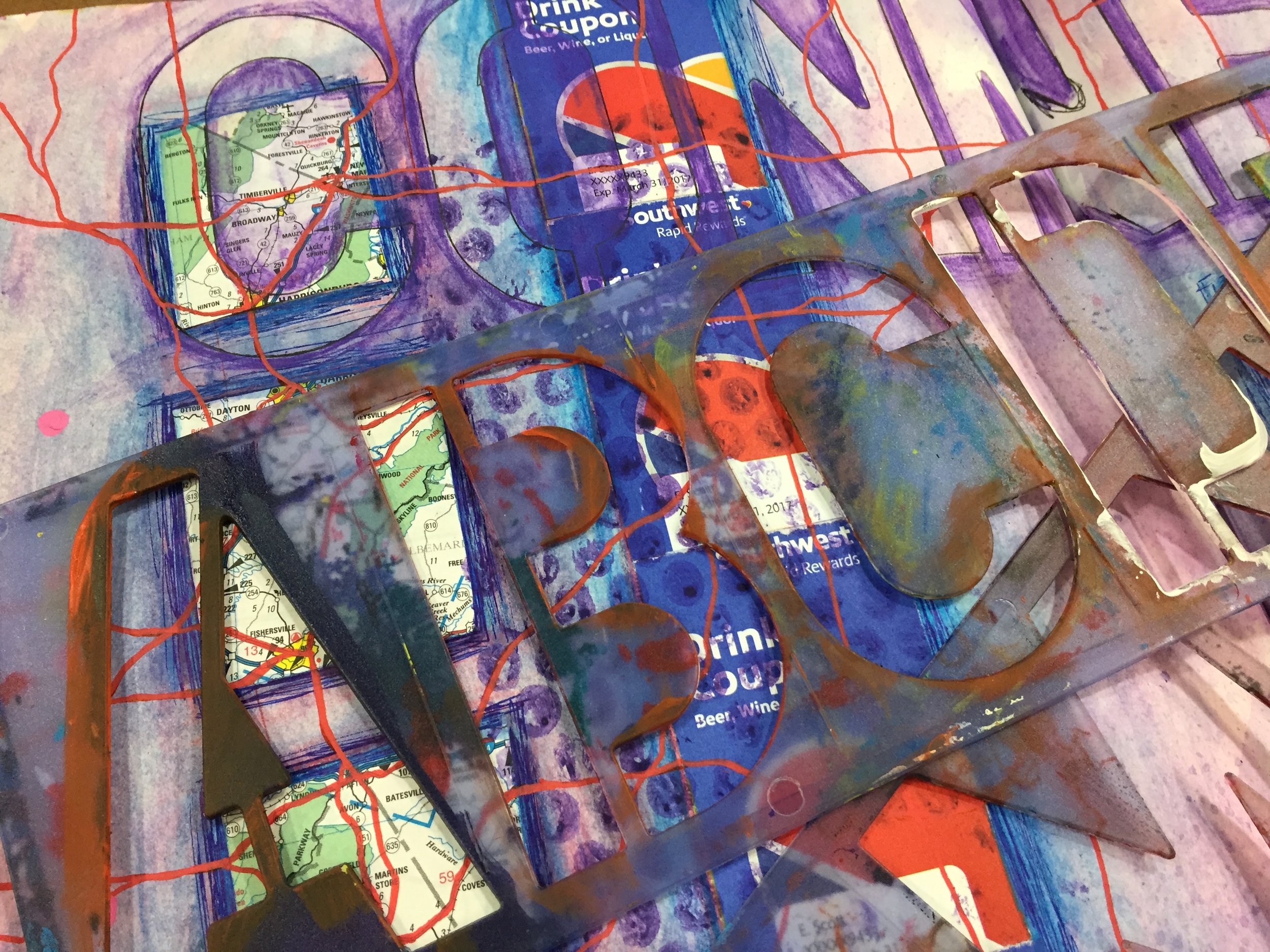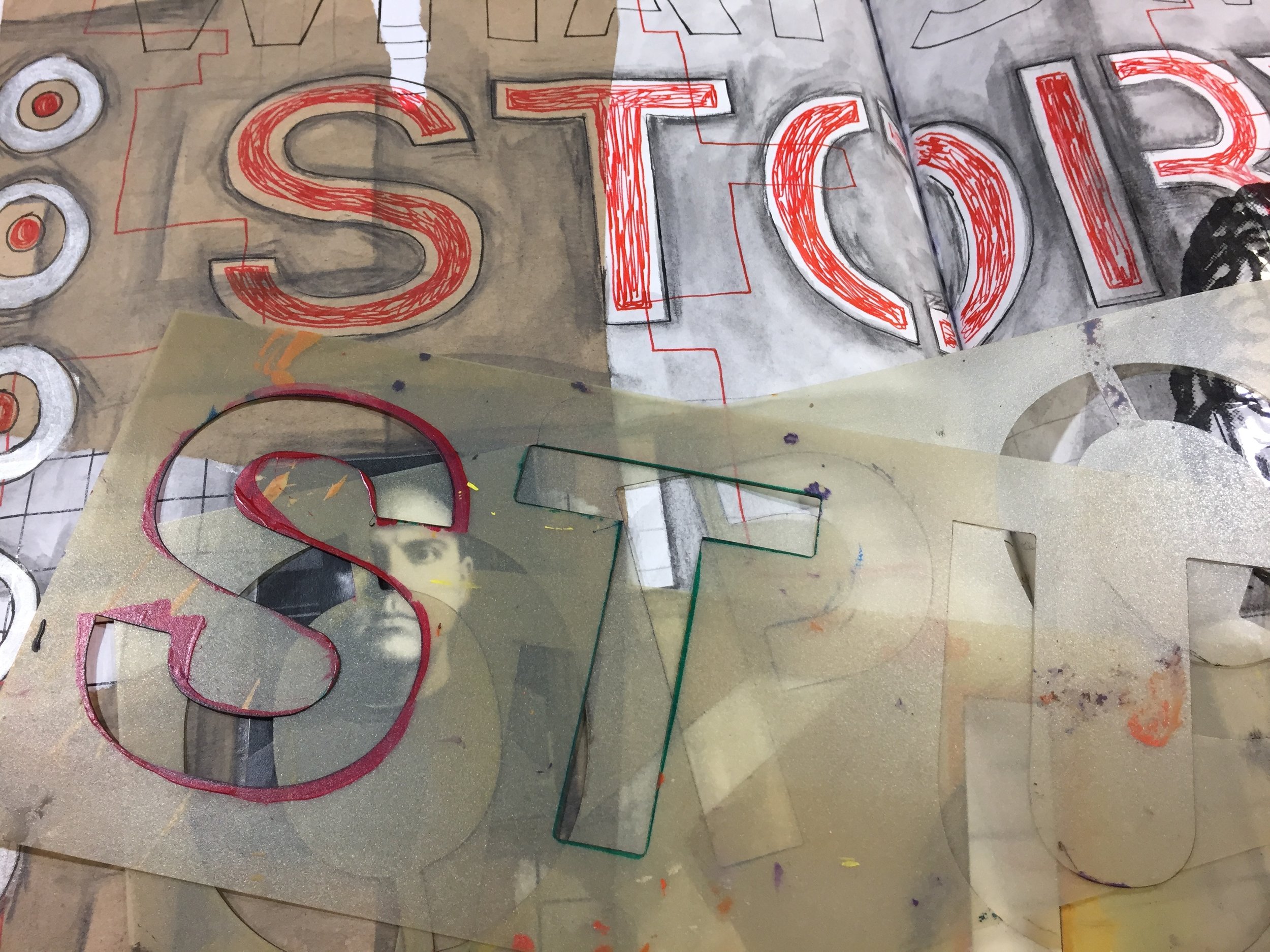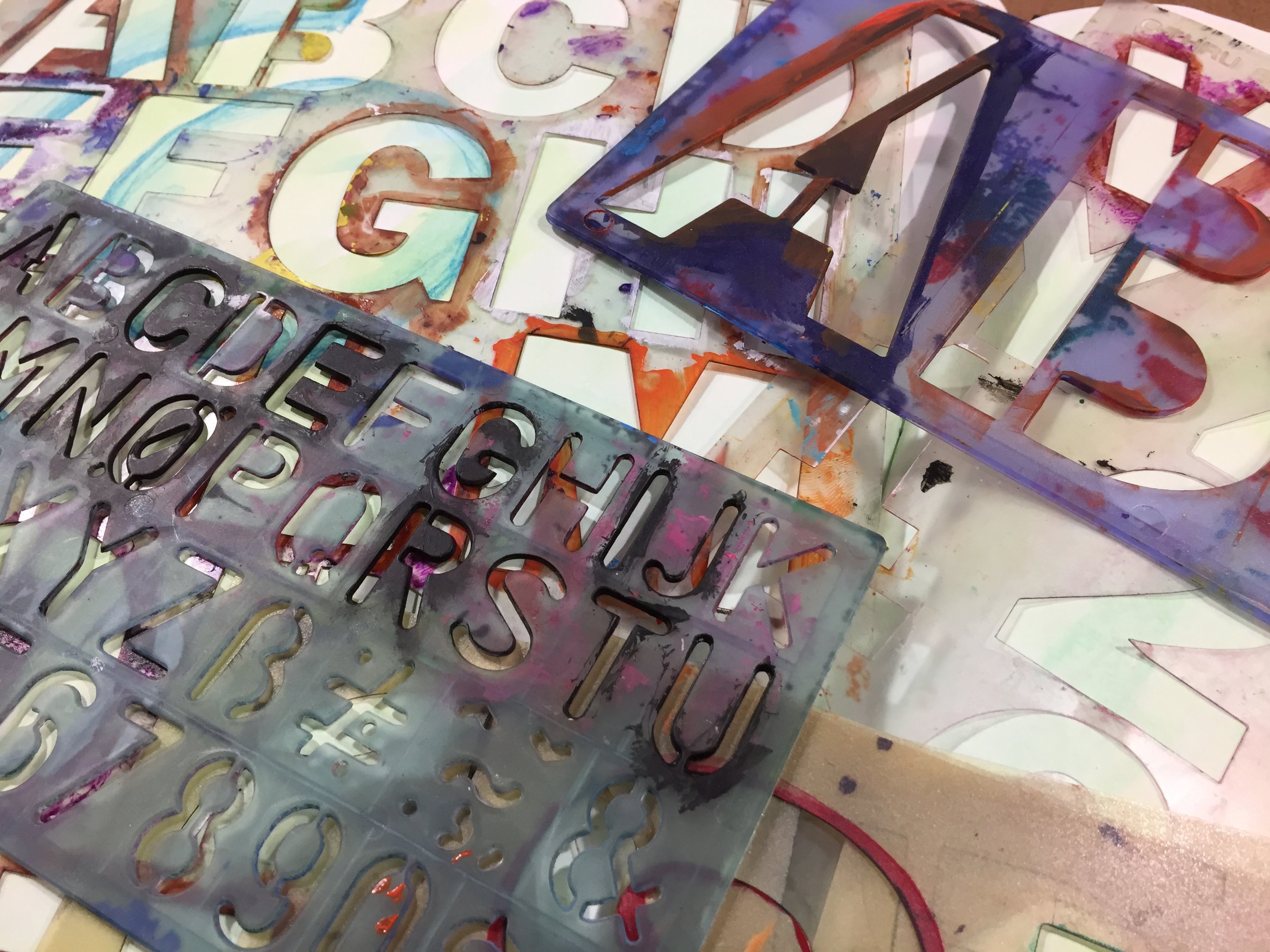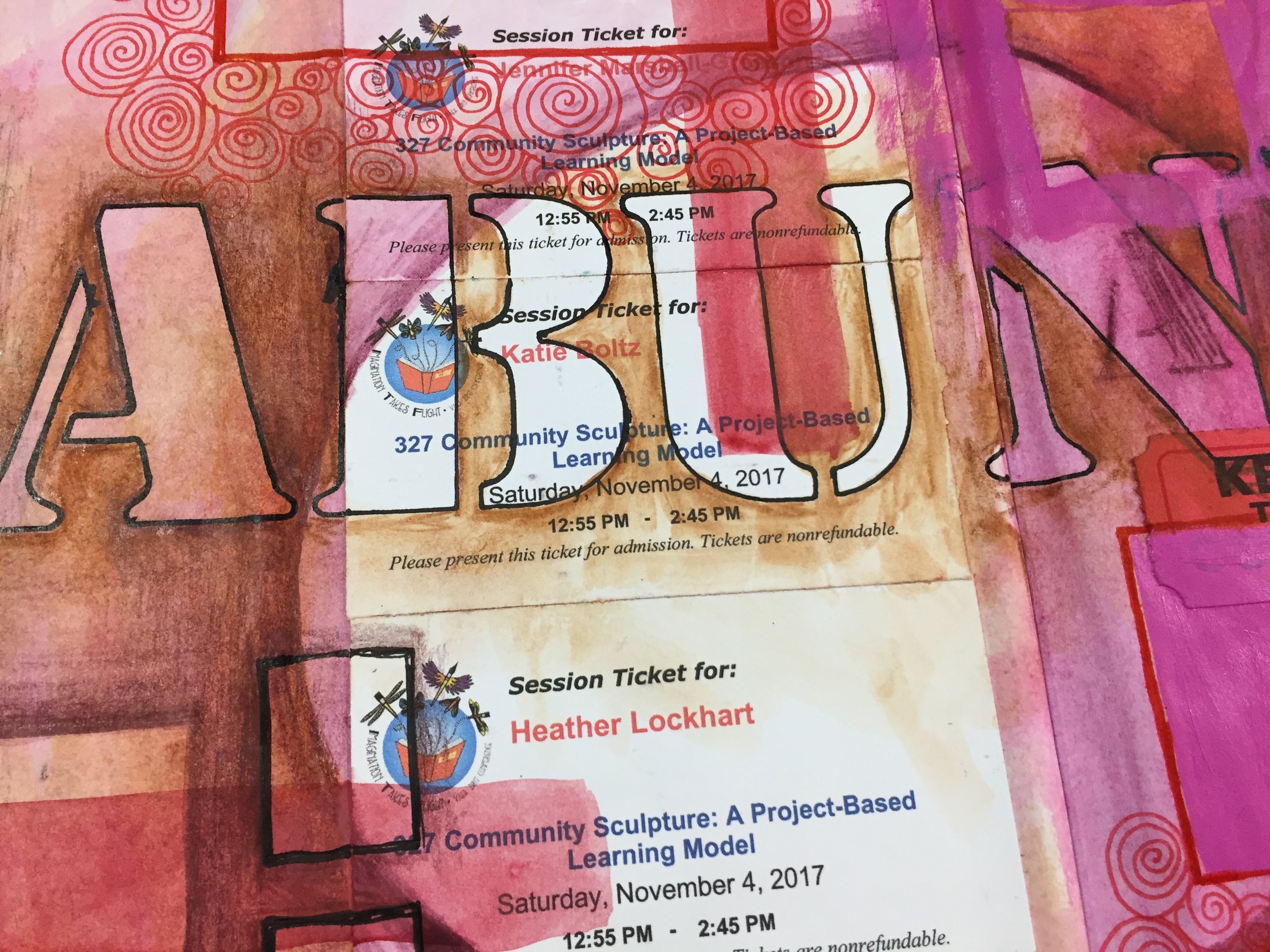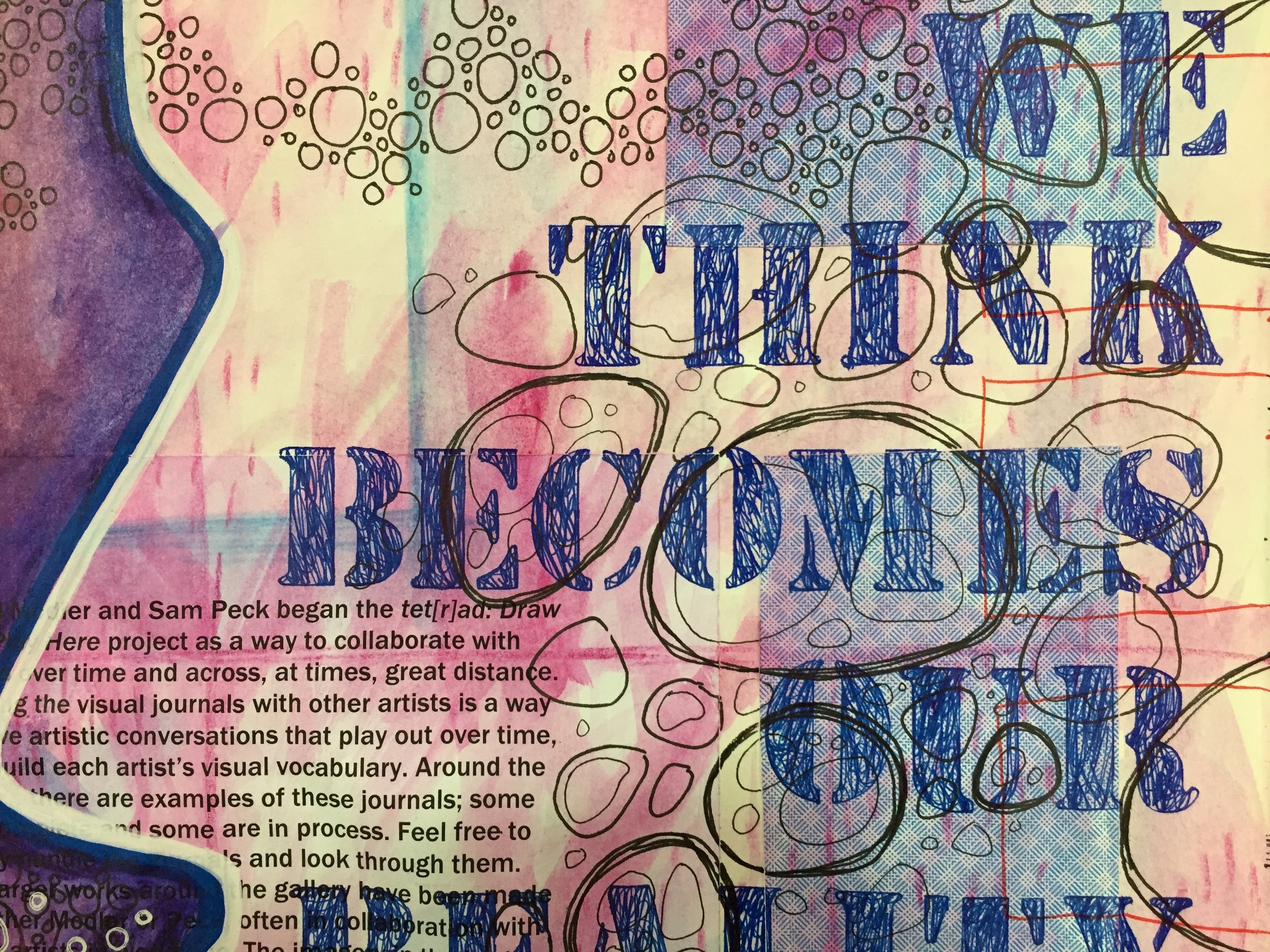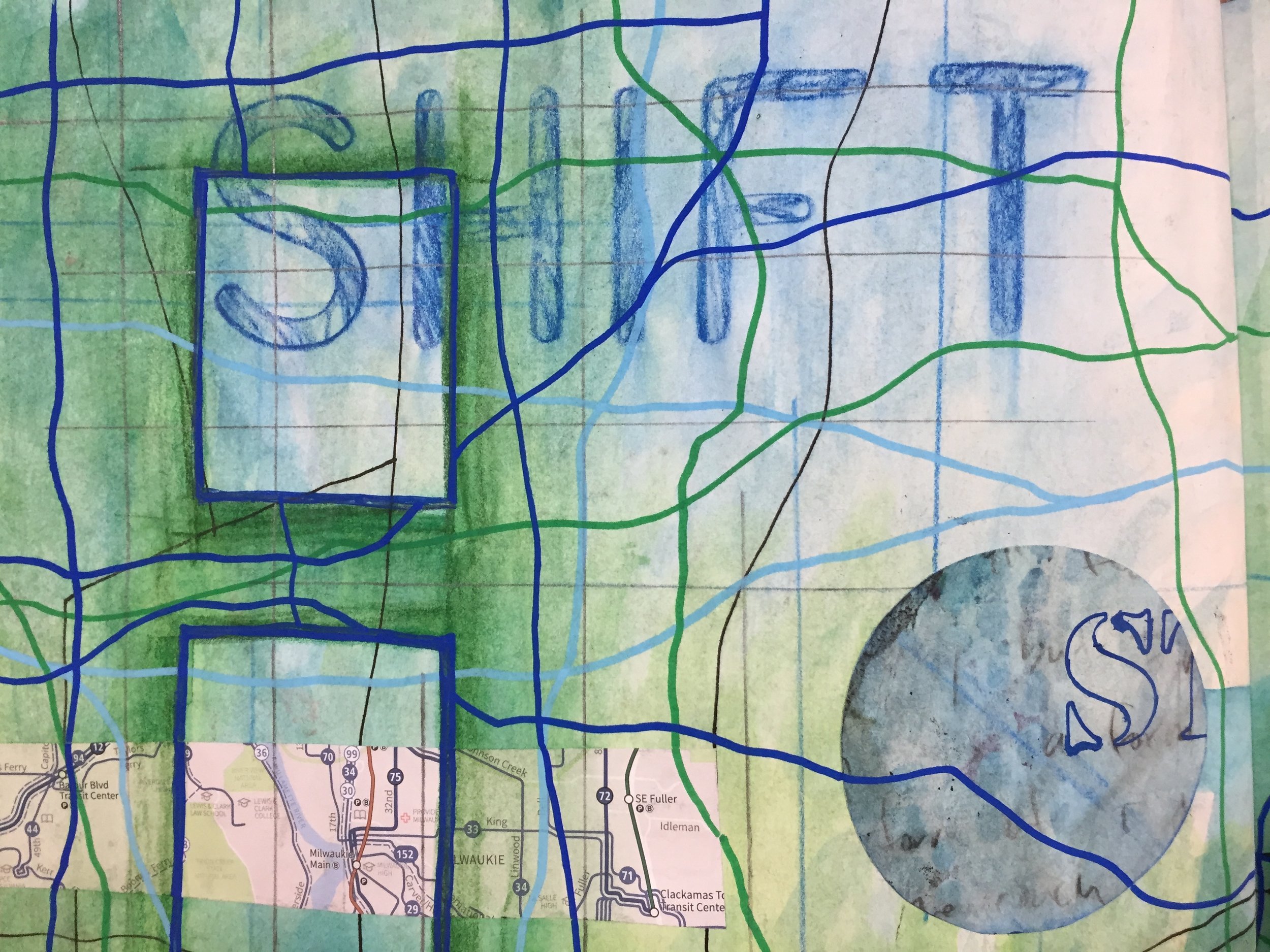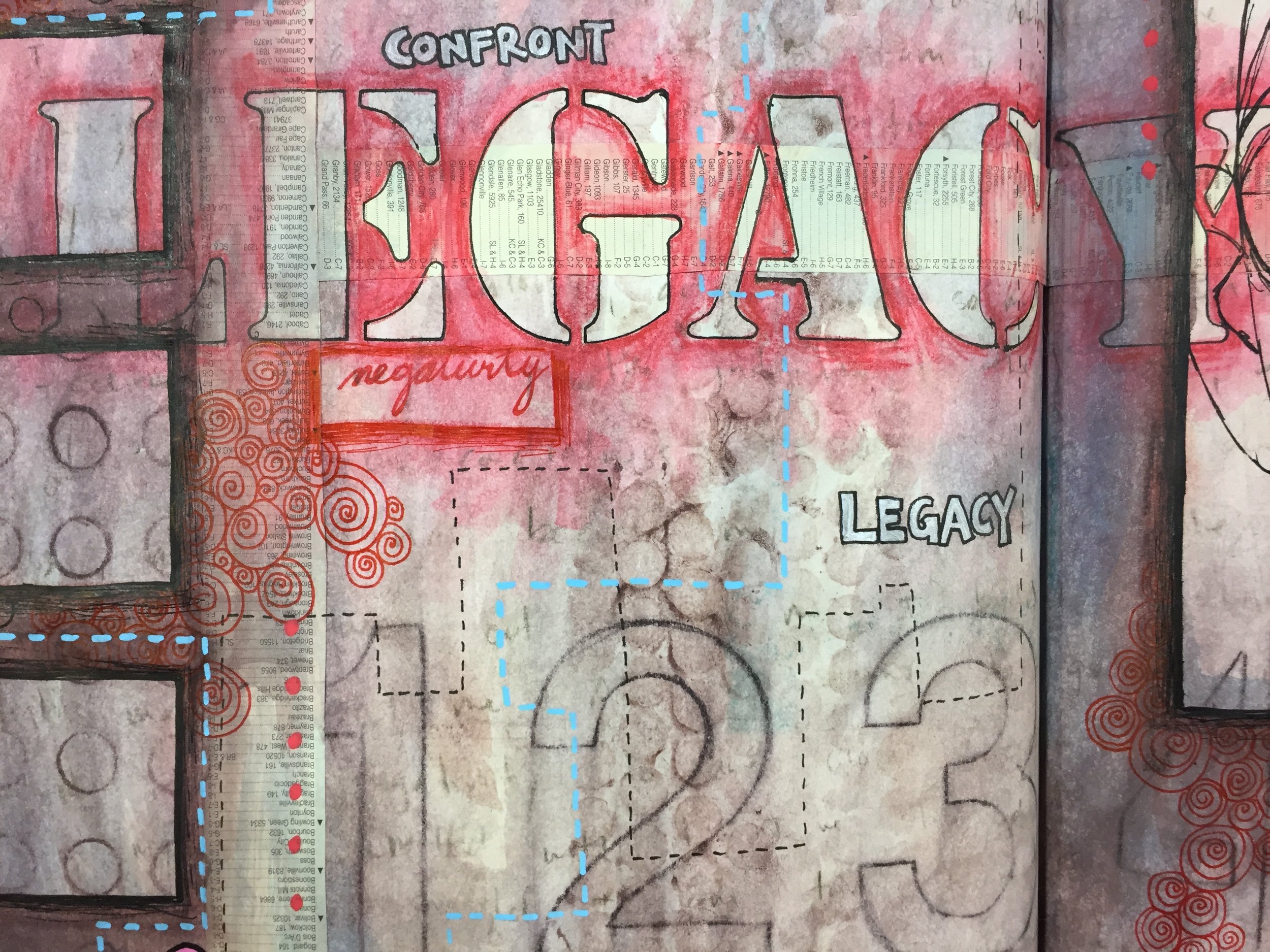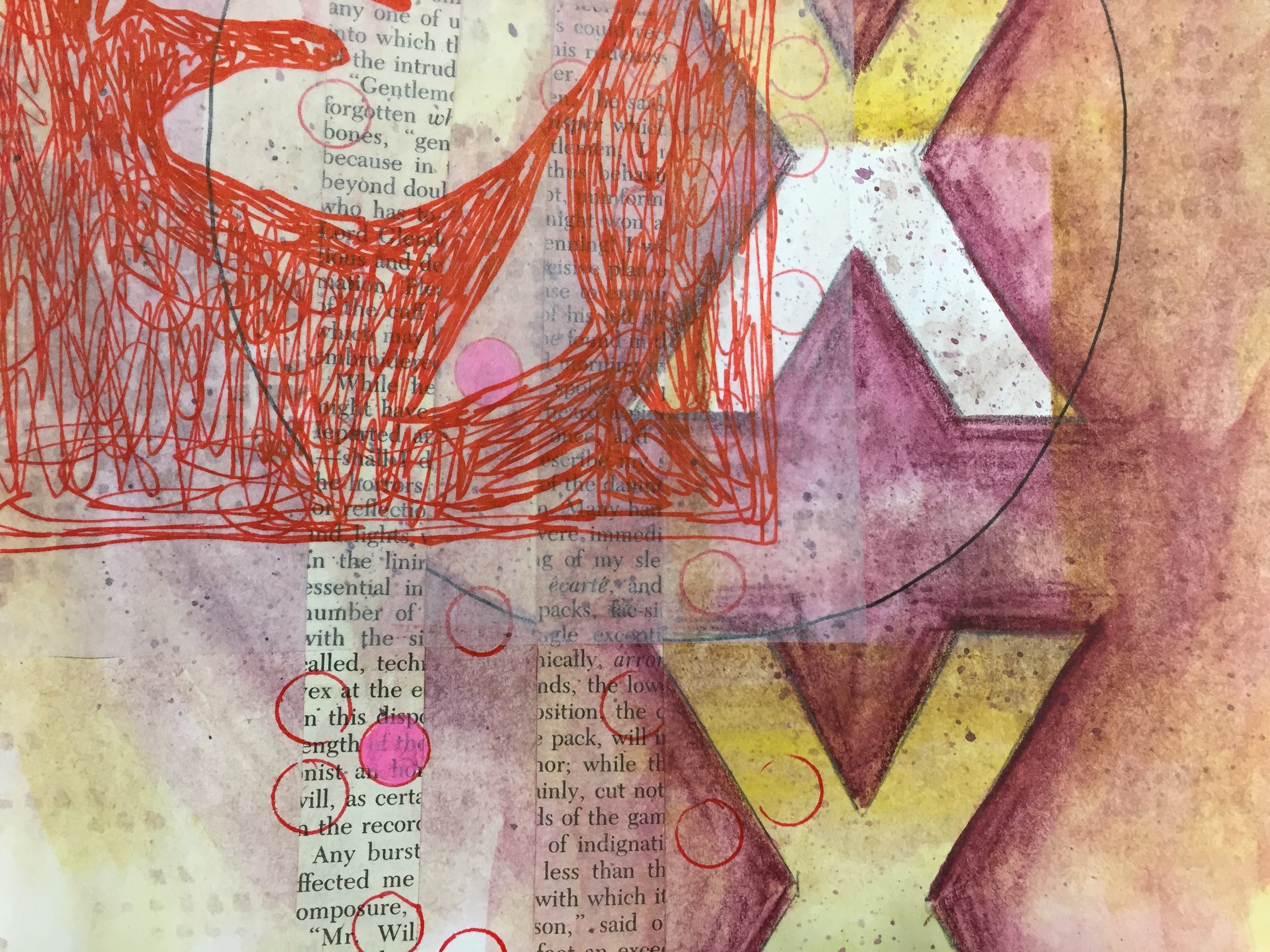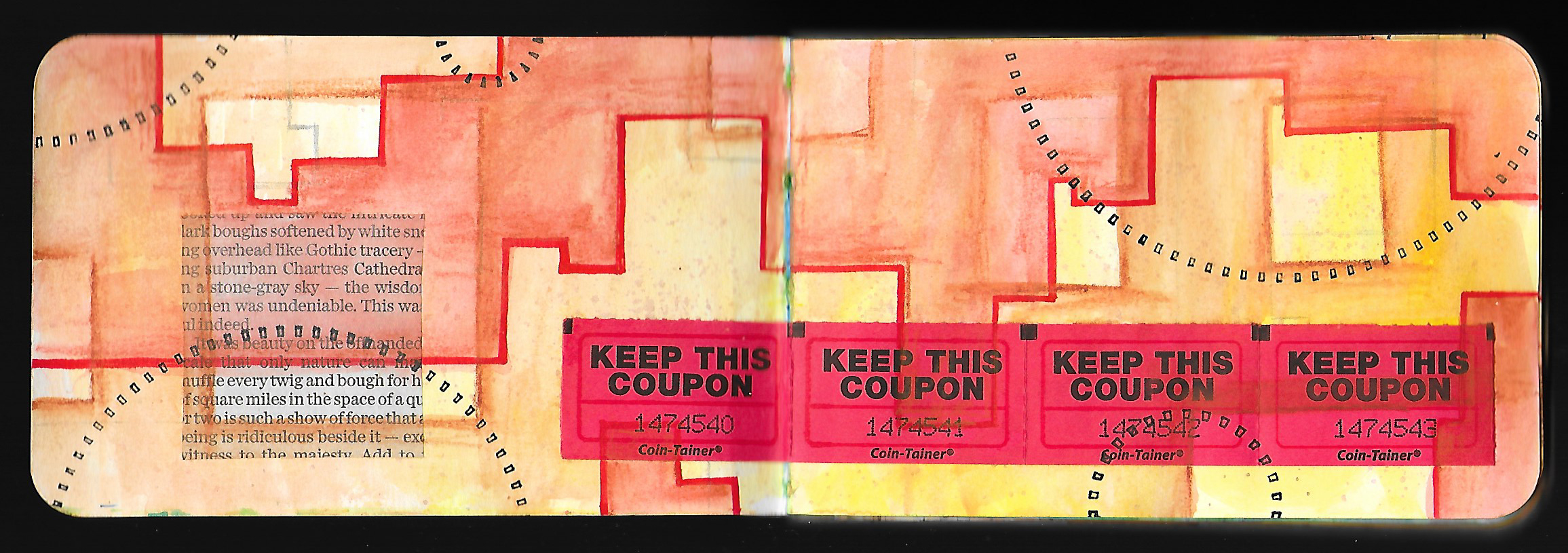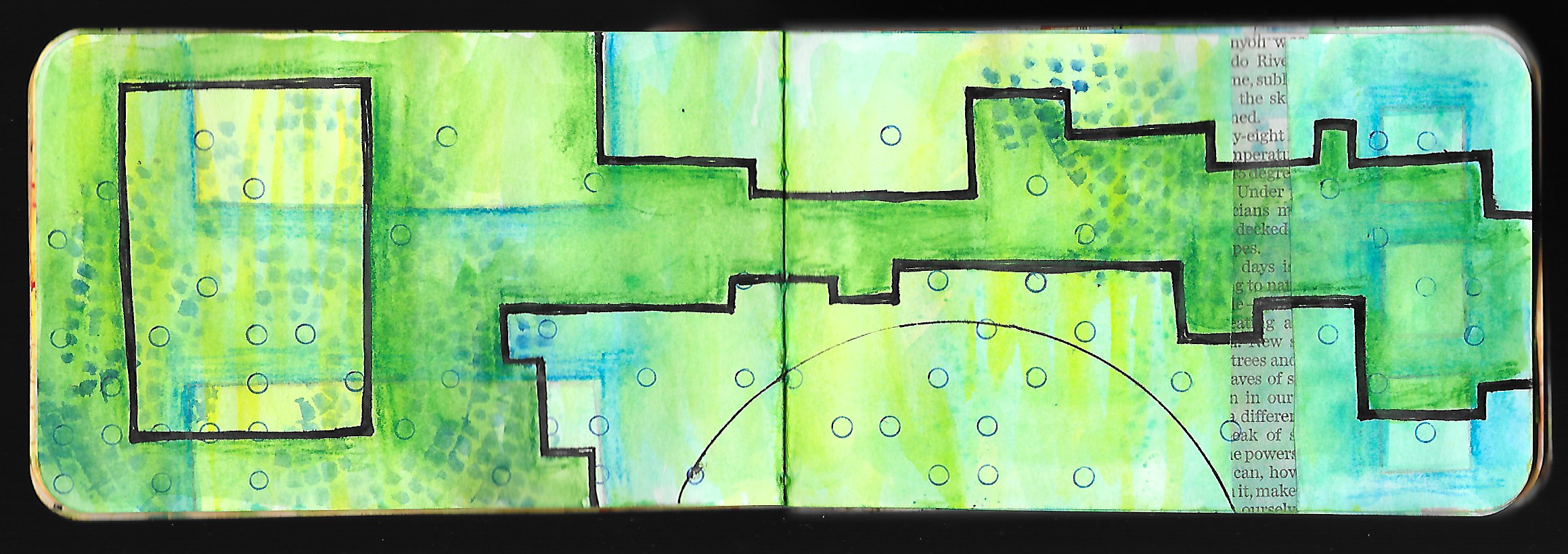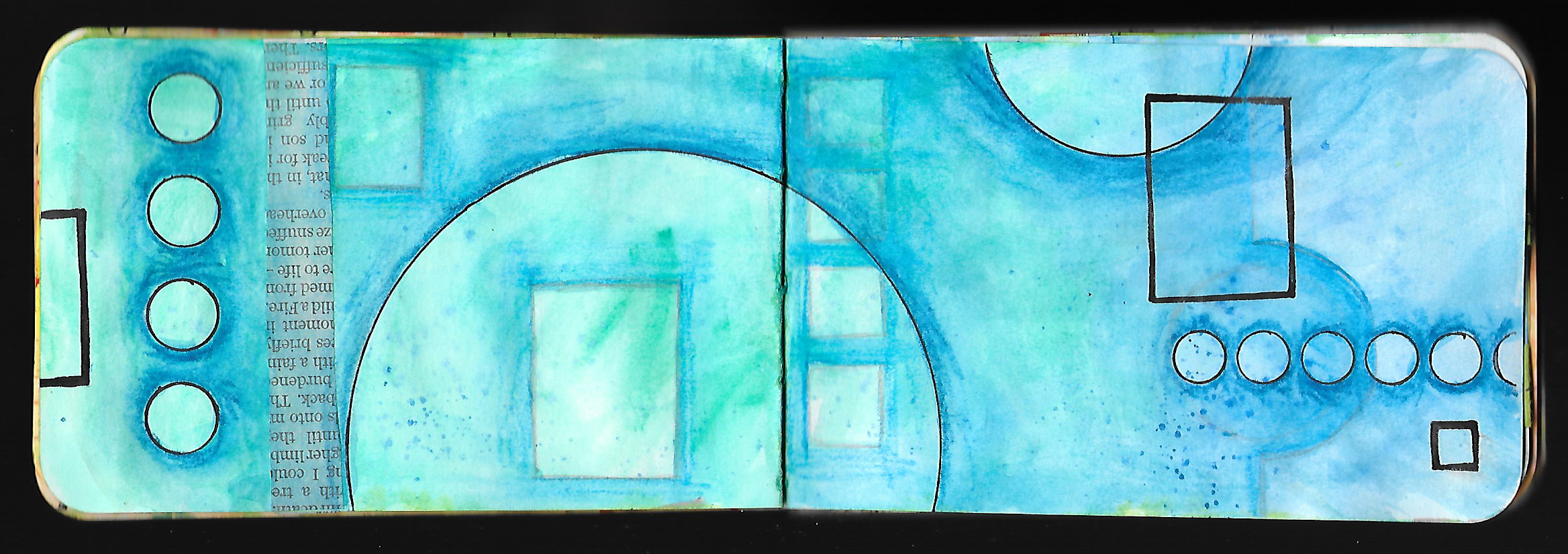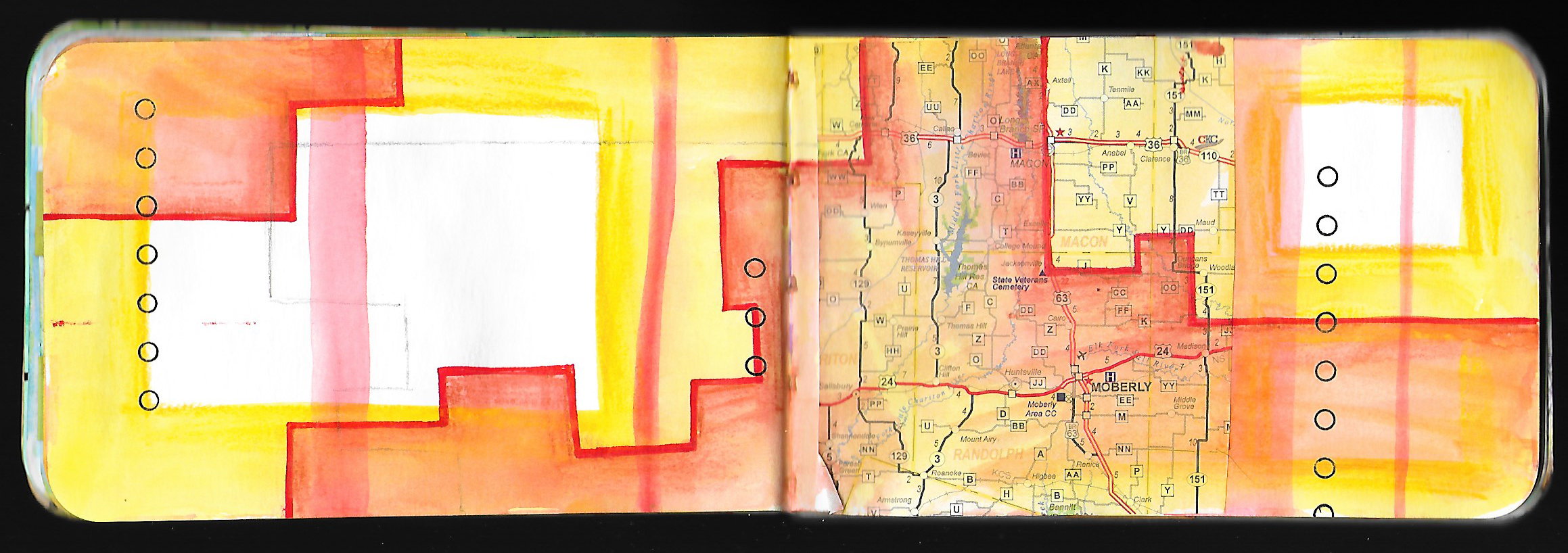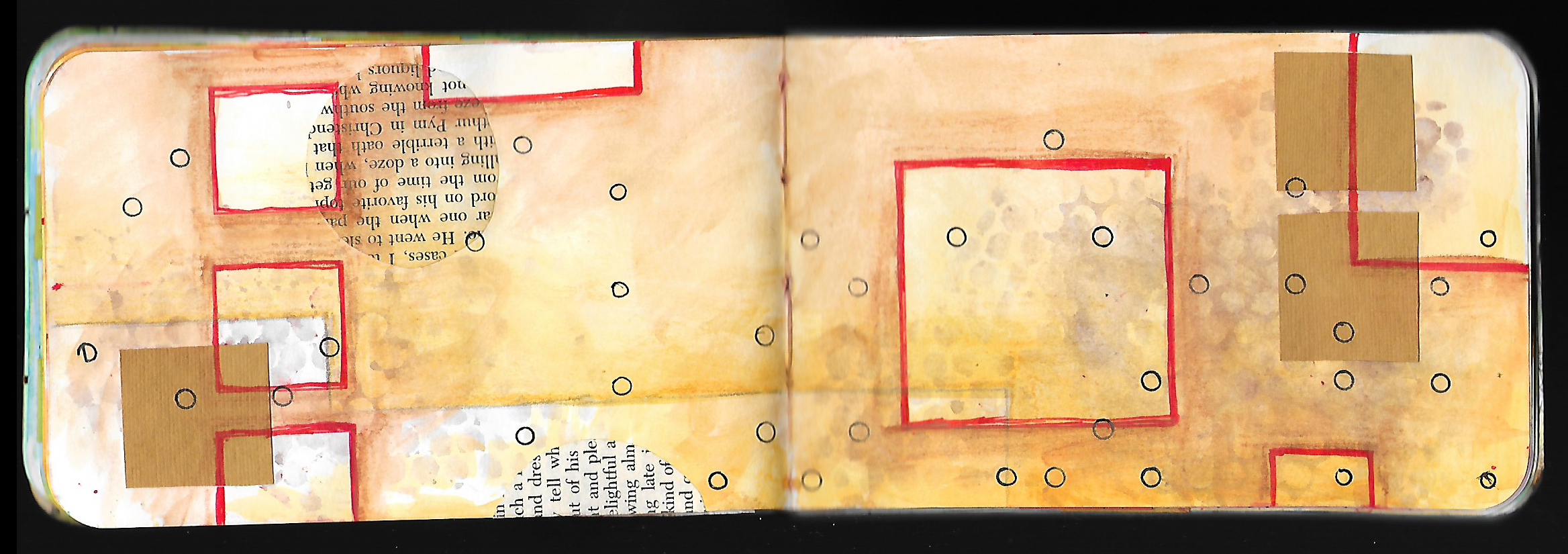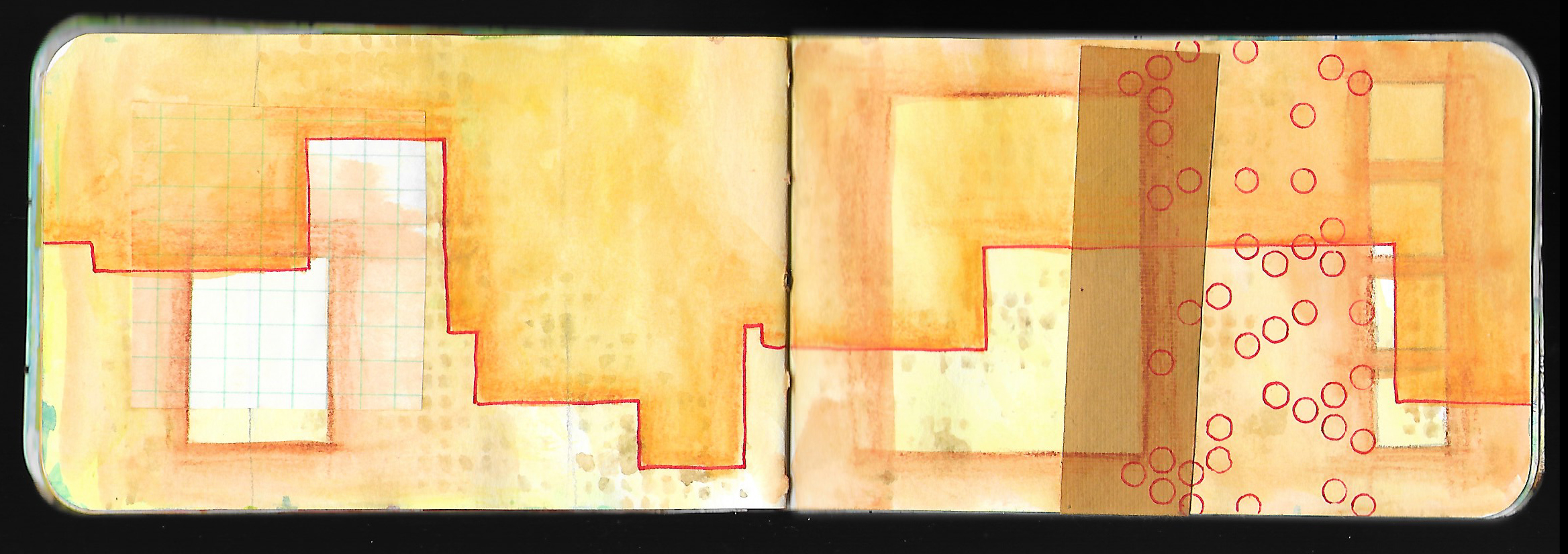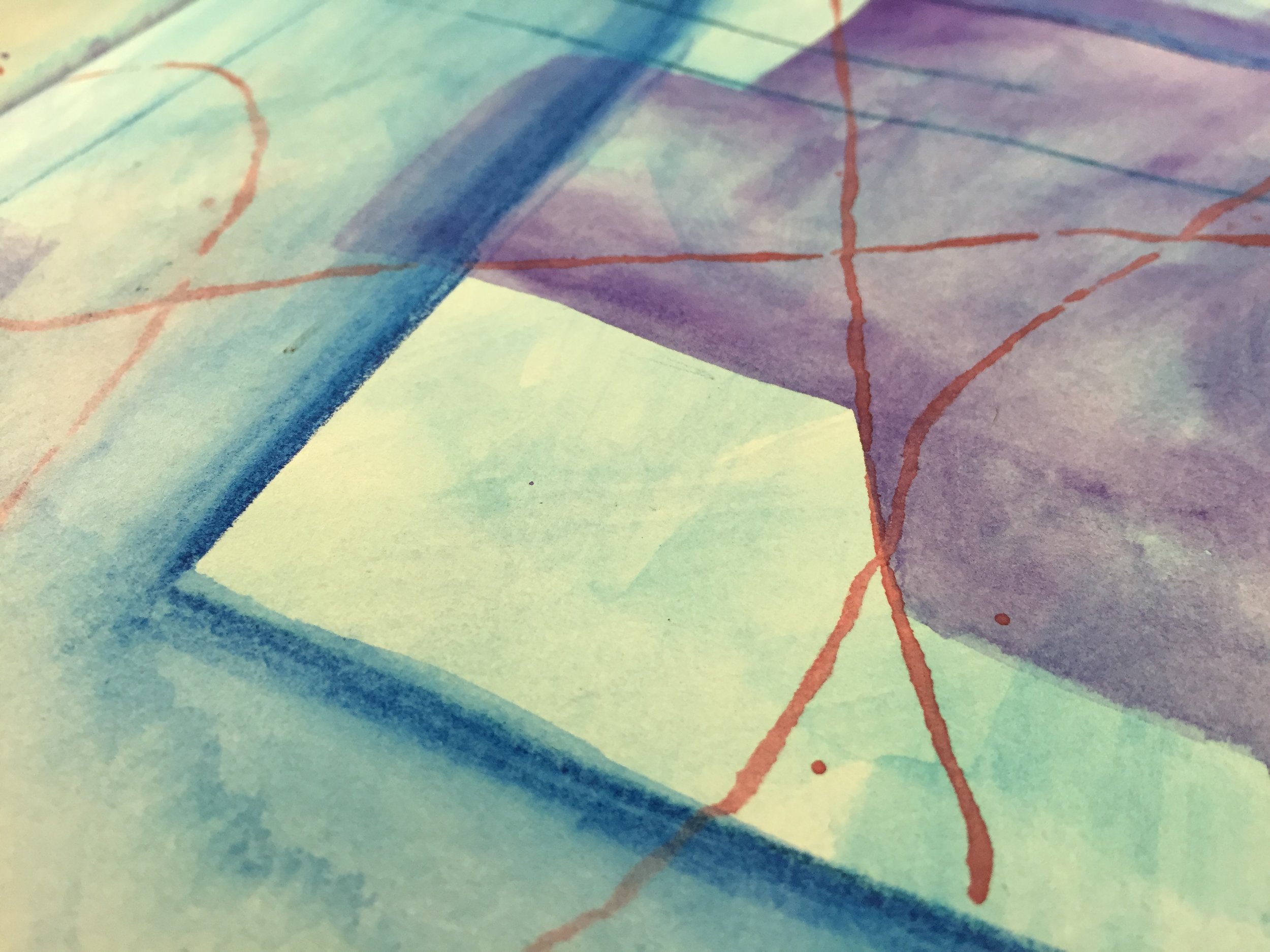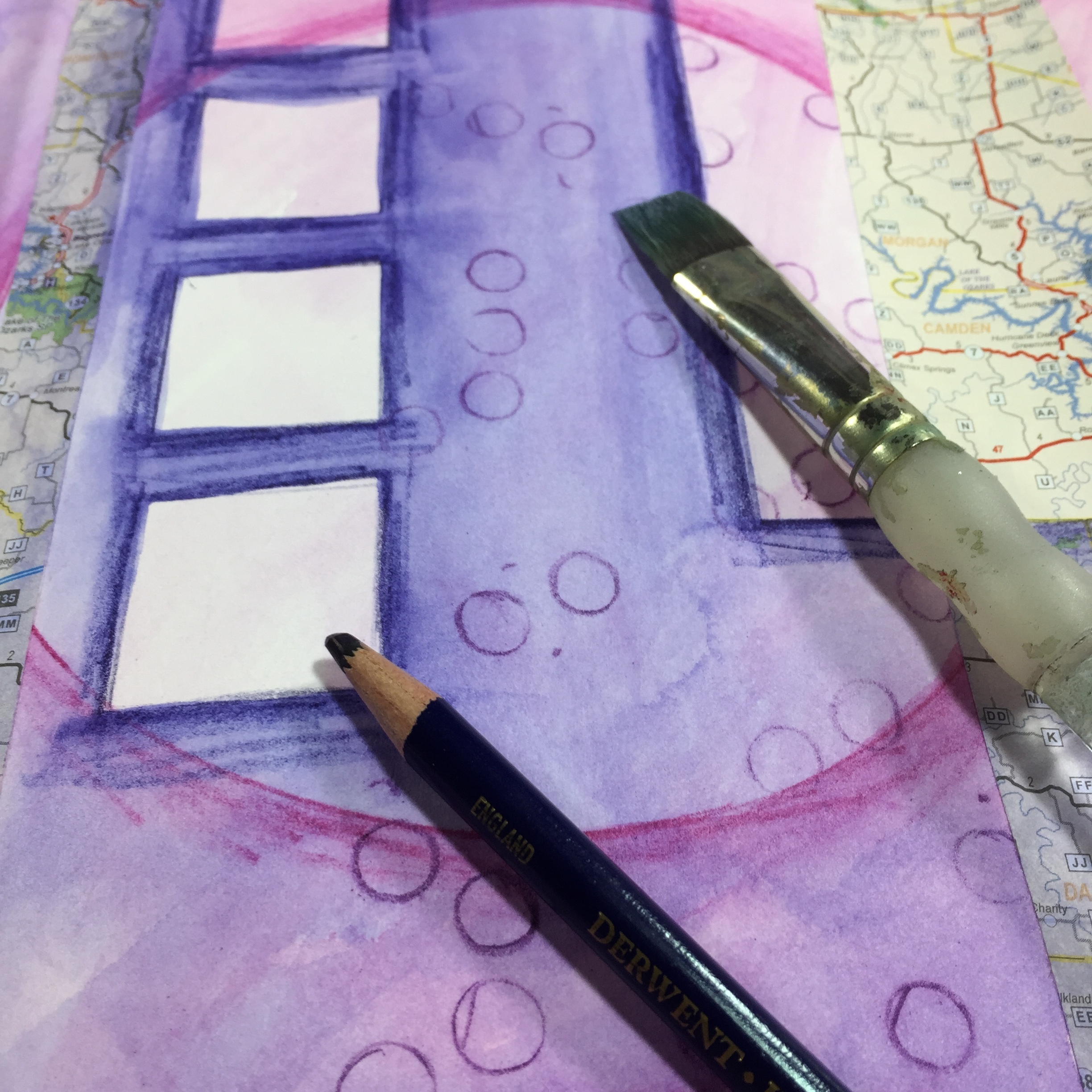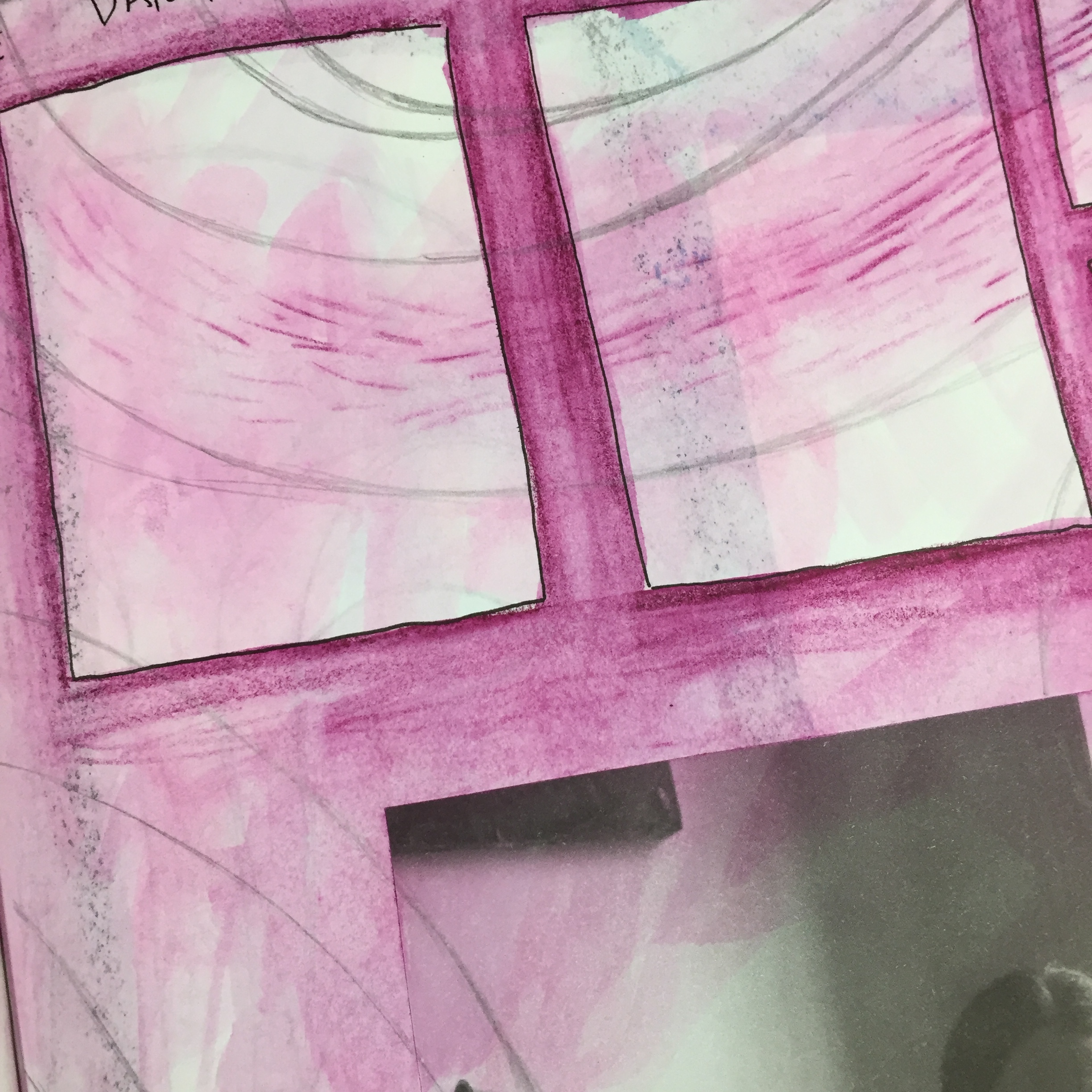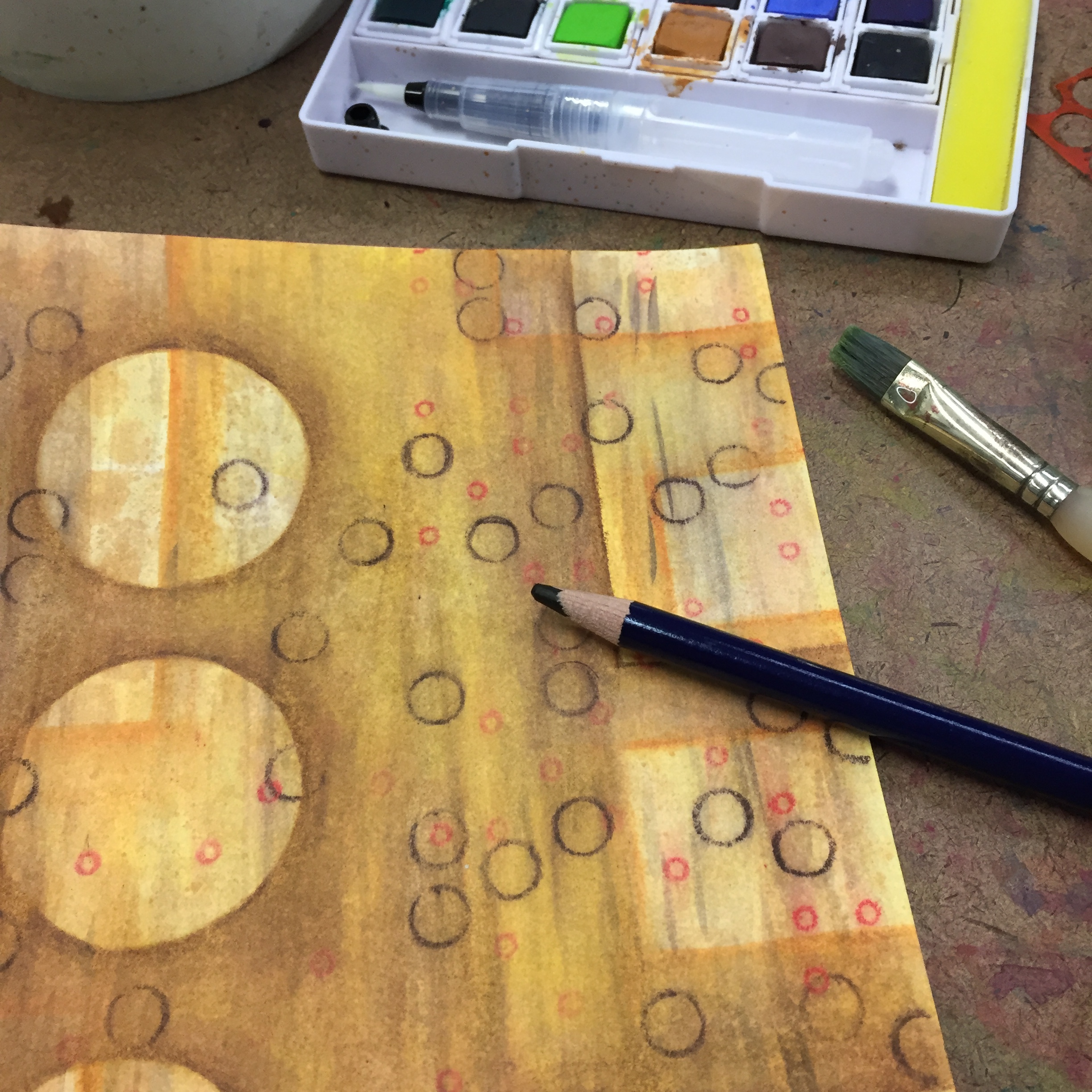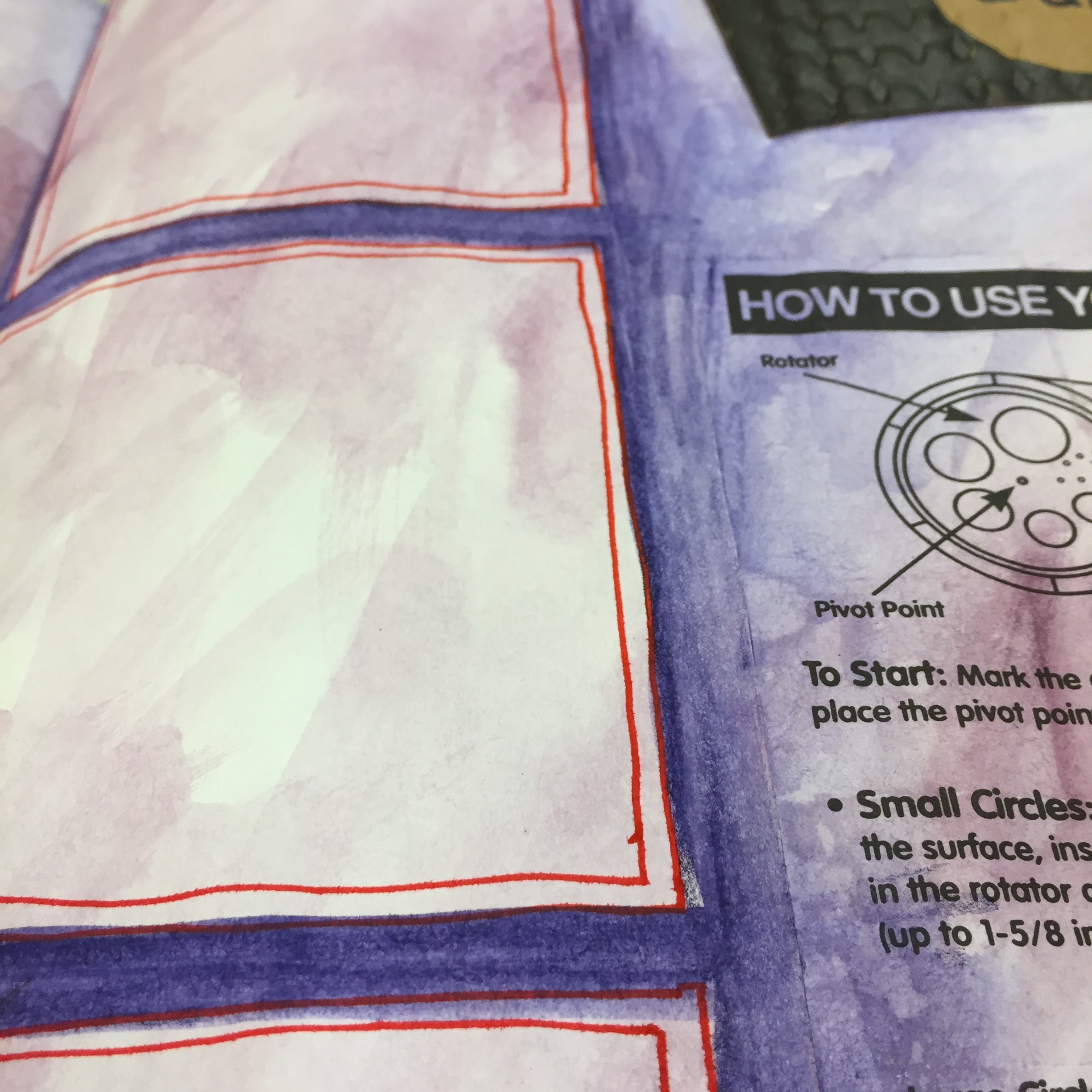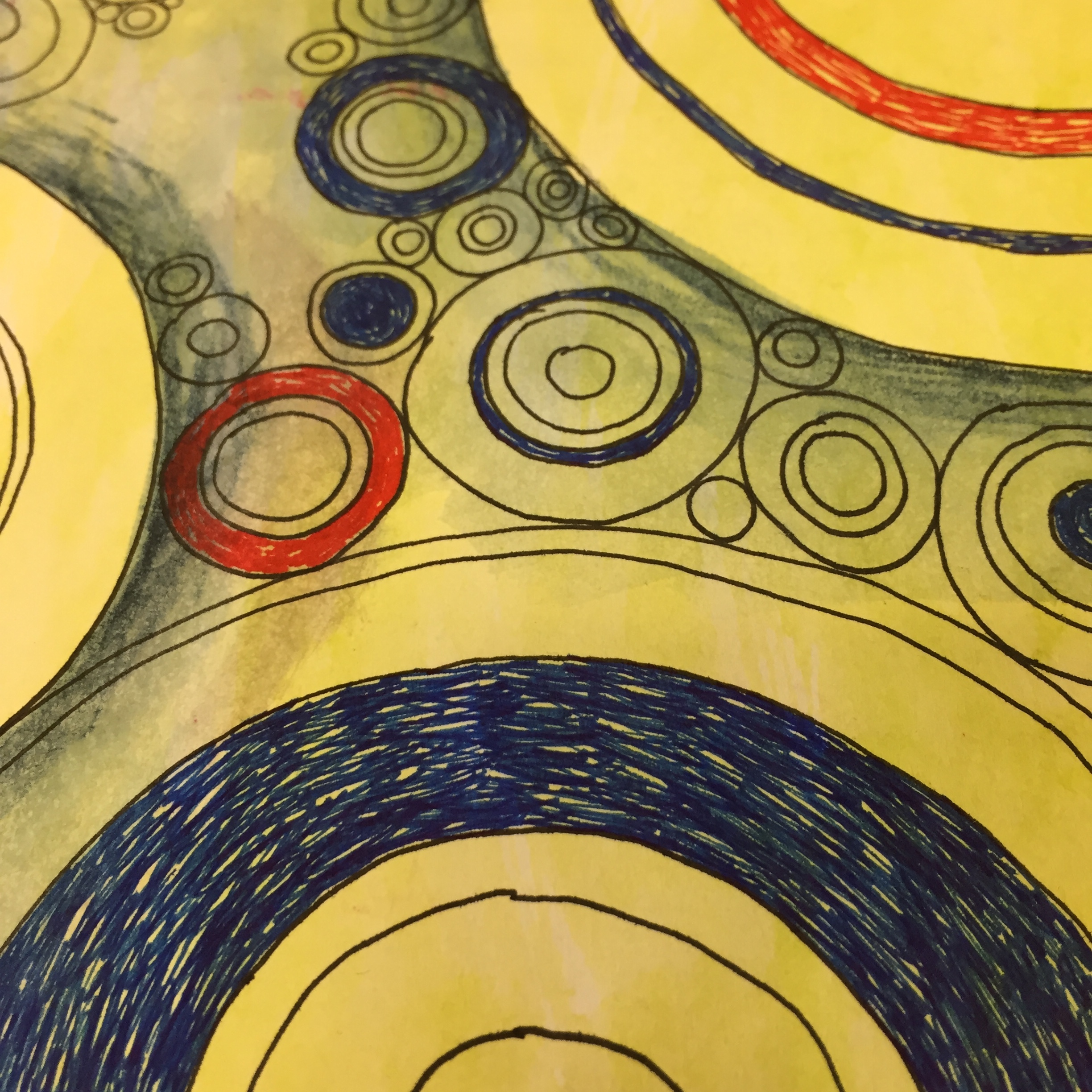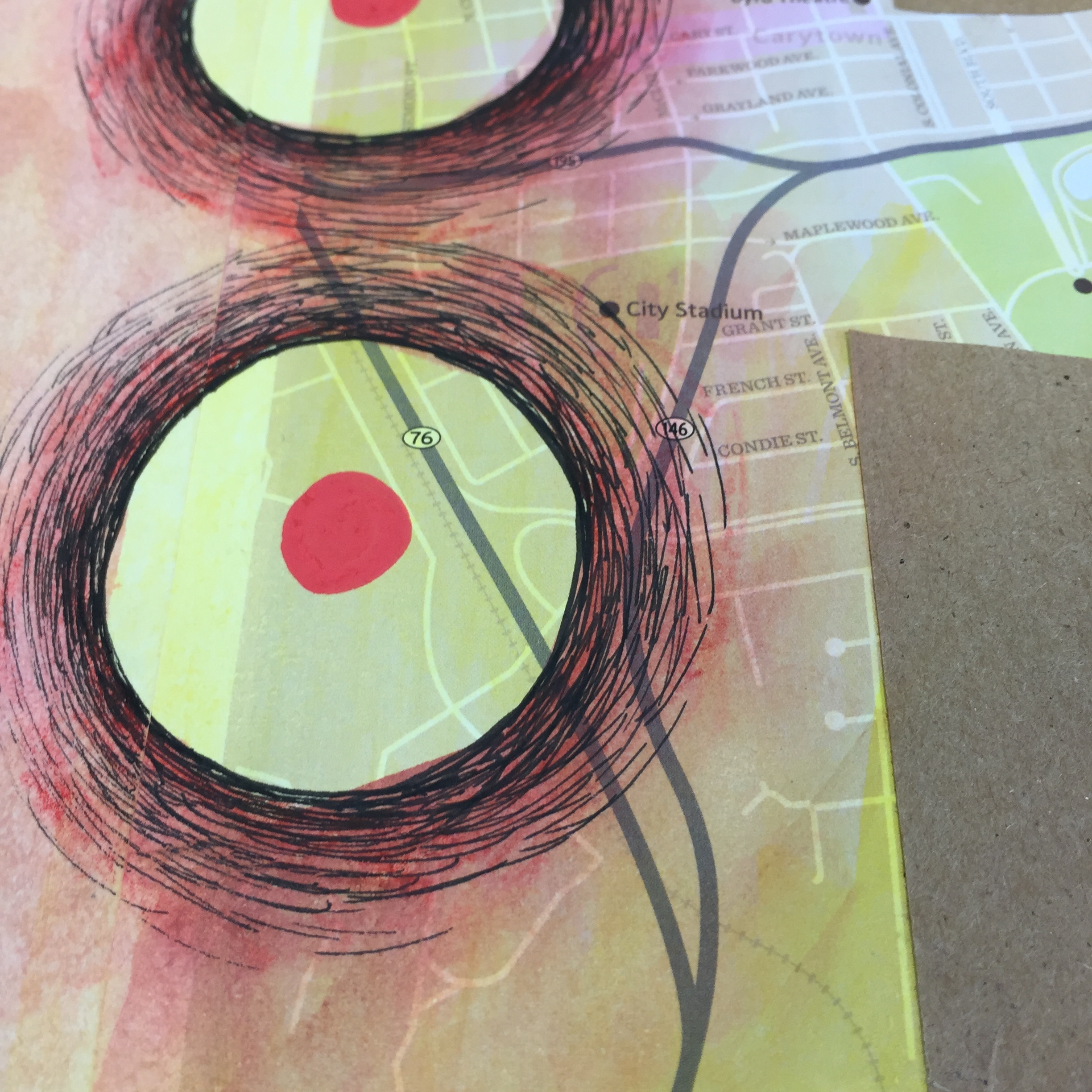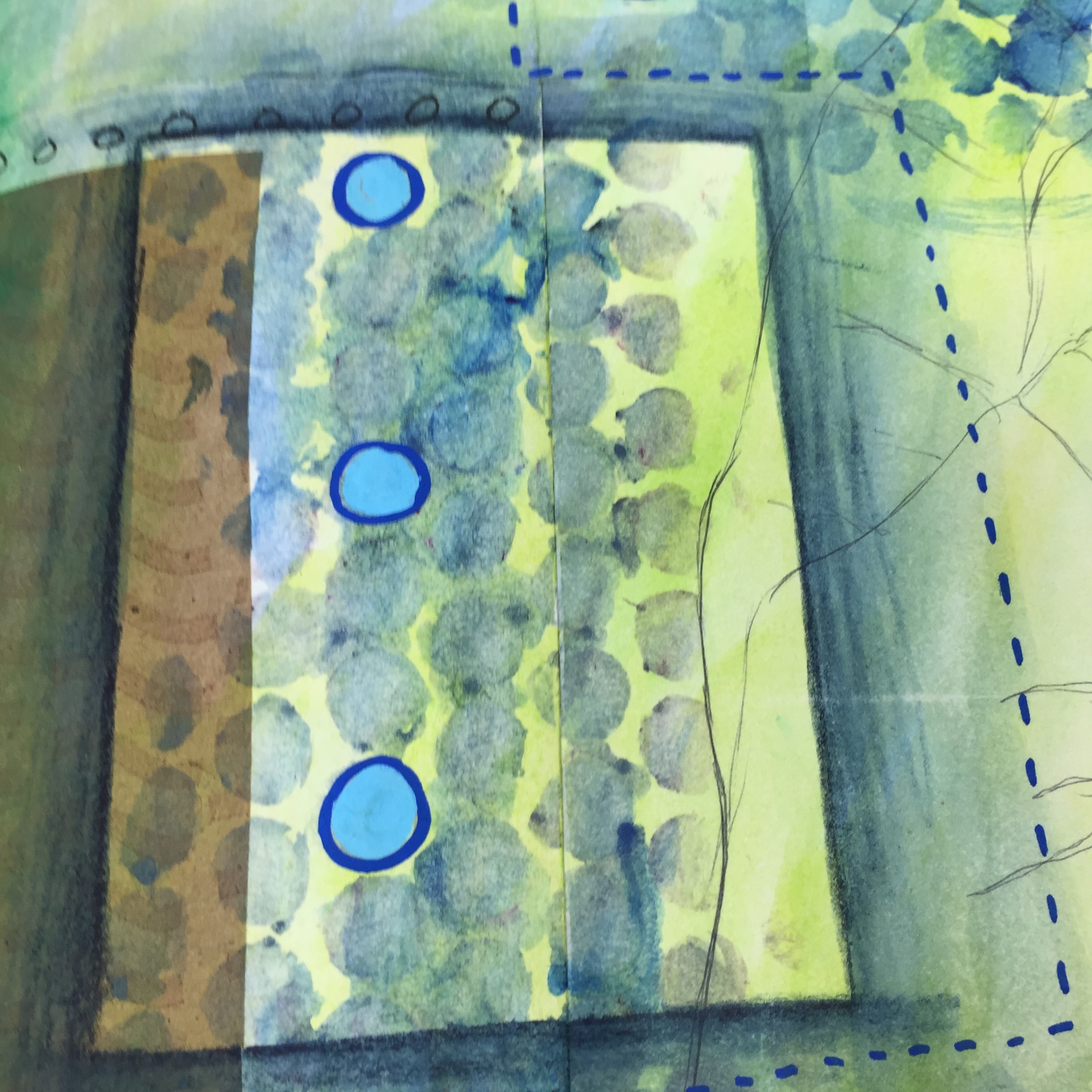I got back a few days ago from the annual Art and Soul retreat in Portland, OR, but it’s taken a few days to recover. Travel is always good, but it tends to wear me out. I’ve taken it easy the last couple of days, but now’s time to get back into the swing of things. So, I thought that I’d reflect a little about Art and Soul to kick off the week, and perhaps I can squeeze a new Materials Monday in before the end of the day to get back on track with those as well.
But onto Art and Soul!
I must say that I had a blast in Portland, and the week just whooshed by so quickly. I flew in on Monday, and didn’t have a class until Tuesday evening. So I grabbed lunch with a friend who lives in Portland, and spent a couple of hours wandering downtown Portland. I was almost late for my own class when I narrowly missed the train back. Luckily a train runs every 15 minutes, but that 15 minutes difference meant that I was nearly running to get back on time. Luckily I got to class with 5 minutes to spare, and we had a great class. I taught my Artful Layers class which I’ve done before as an all-day and a 2-day workshop, but this time it was a three-hour evening class. I was so into the class that I completely forgot to take photos, but we had fun layering watercolor, watercolor pencil, collage, and more.
On Wednesday I taught my Monster Maker Workshop as an all-day class, and we had so much fun creating little creatures in watercolor, polymer clay, and collage. It was a small intimate class, and I remembered to take photos. I’ve had so much fun making my monsters over the past several years, that it was good to see others who enjoyed it just as much.
Beyond Blank Pages was my all-day class on Thursday, and it was great to teach a brand new class. I developed the class as a week-long workshop for the John C. Campbell Folk School, but it was cancelled due to low enrollment. I turned it into a one-day class for Art and Soul, and we spent the day creating pages that linked together through color, repetition, cut-outs and more. Though it’s based on journal workshops that I’ve taught before, it’s a new spin on the journal as you try to consciously create a visual narrative that runs through the pages as ideas, themes, colors, lines, and more all connect from page to page.
I had a fantastic time working with the students, and it was so nice to see so many new faces. Though a couple had taken classes with my before, most were brand new, and many knew very little about me or what I do. I’m so glad that my classes appealed to them. Teaching at Art and Soul last week reminded me why I teach — to connect with others and to share my love of art. I am grateful for everyone who came out and made art with me, and I am looking forward to next year!
In the meantime, I have a couple of other teaching gigs lined up for 2019, and I’m hoping to add more. In May, I’m teaching the Creative Prayer Book as an all-day workshop at the Round Hill Arts Center in Round Hill, VA. In October, I’ll be repeating Artful Layers, Monster Maker Workshop, and Beyond Blank Pages at Art and Soul in Ocean City, MD.


